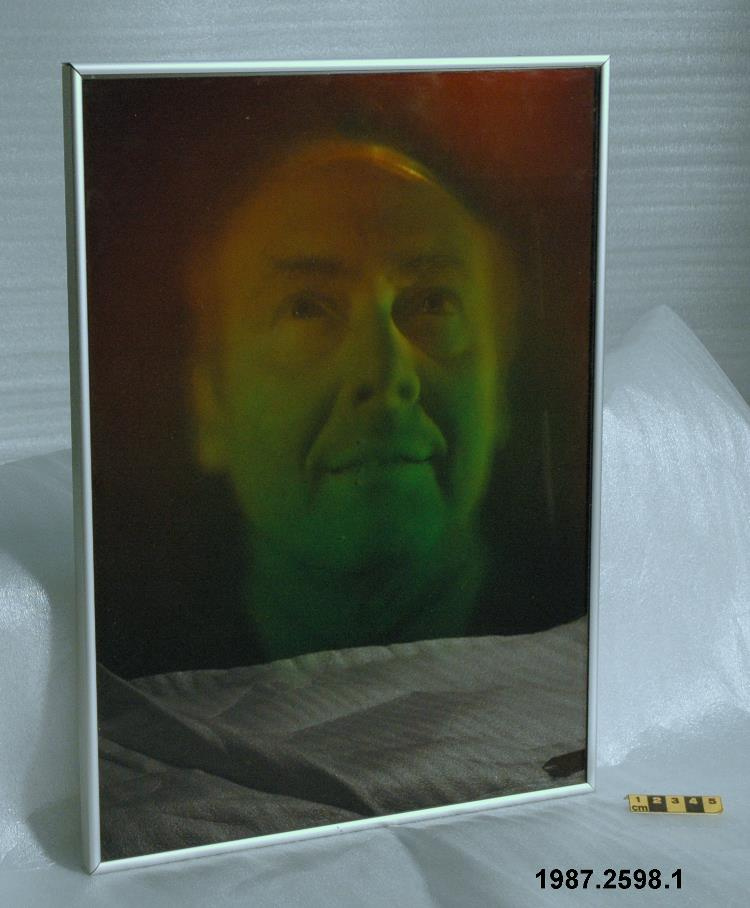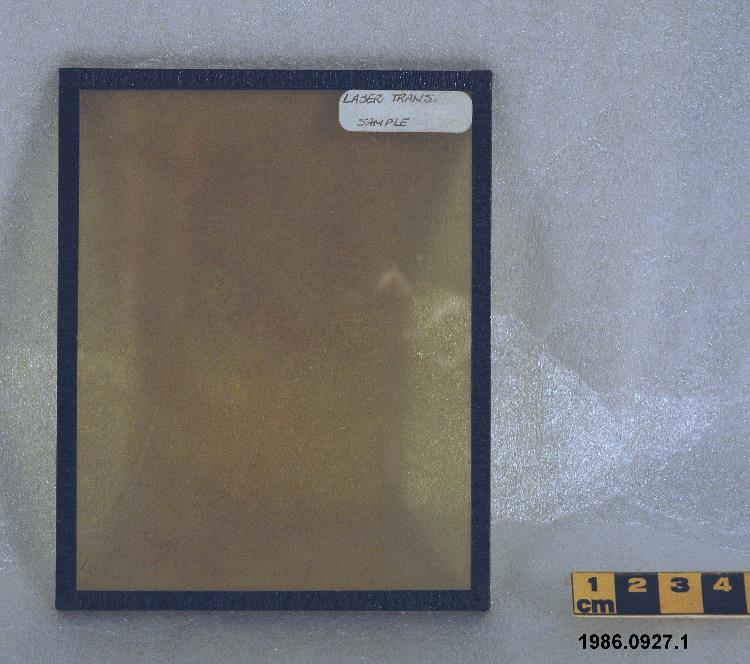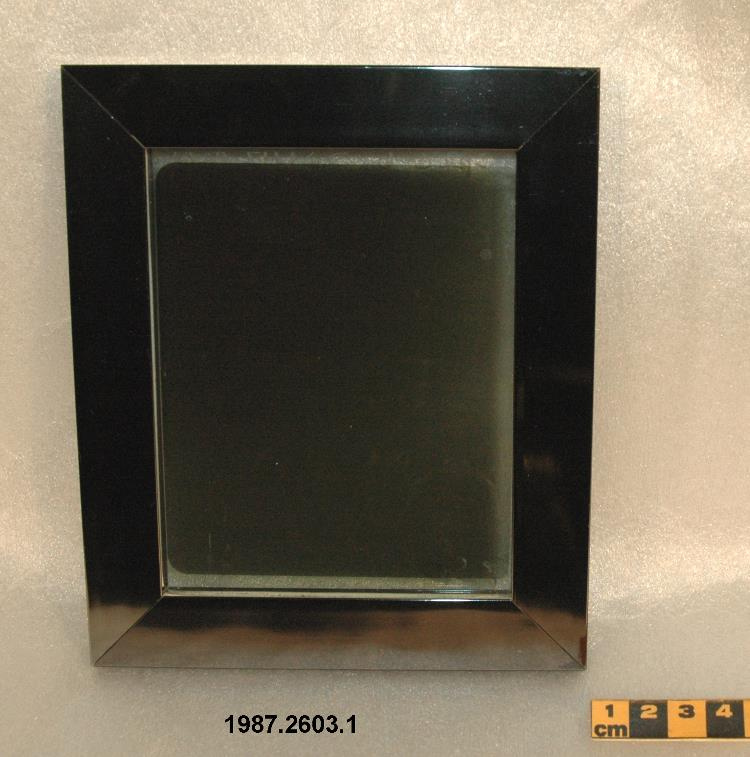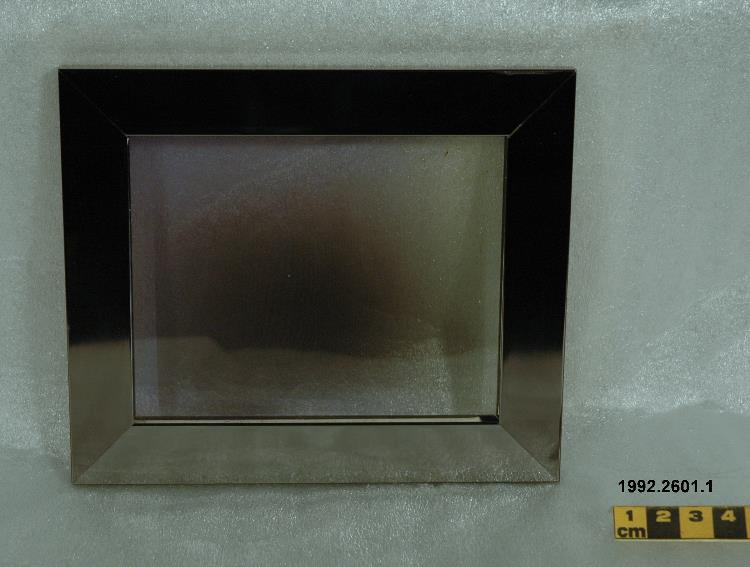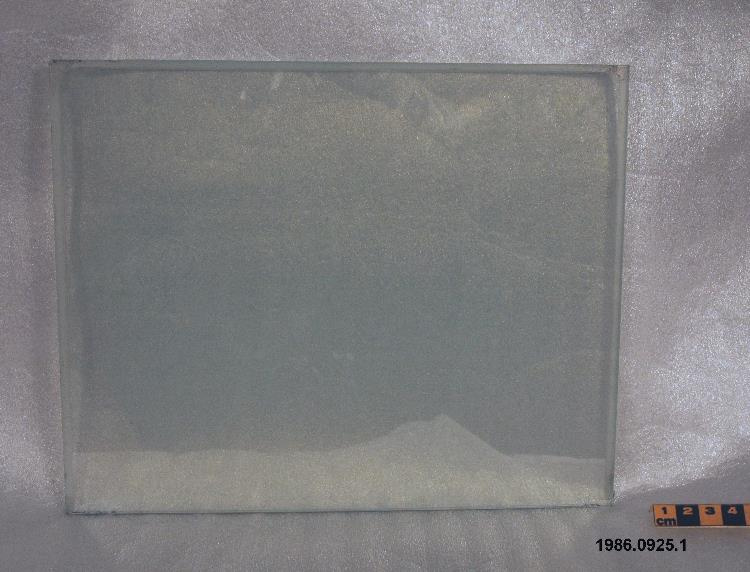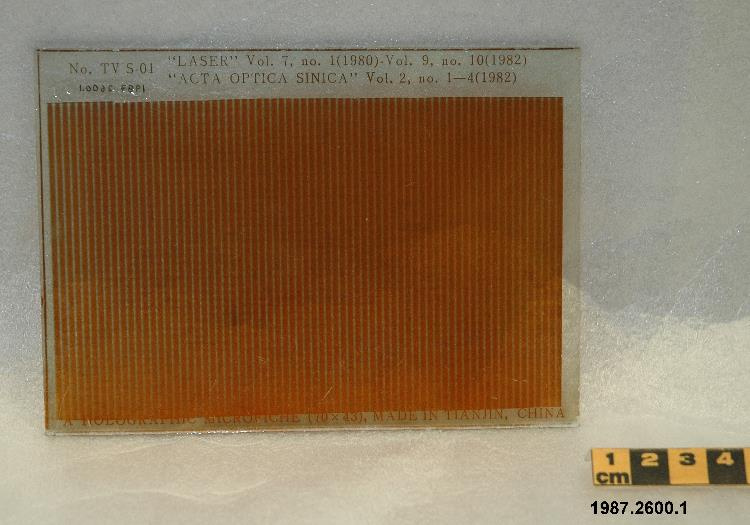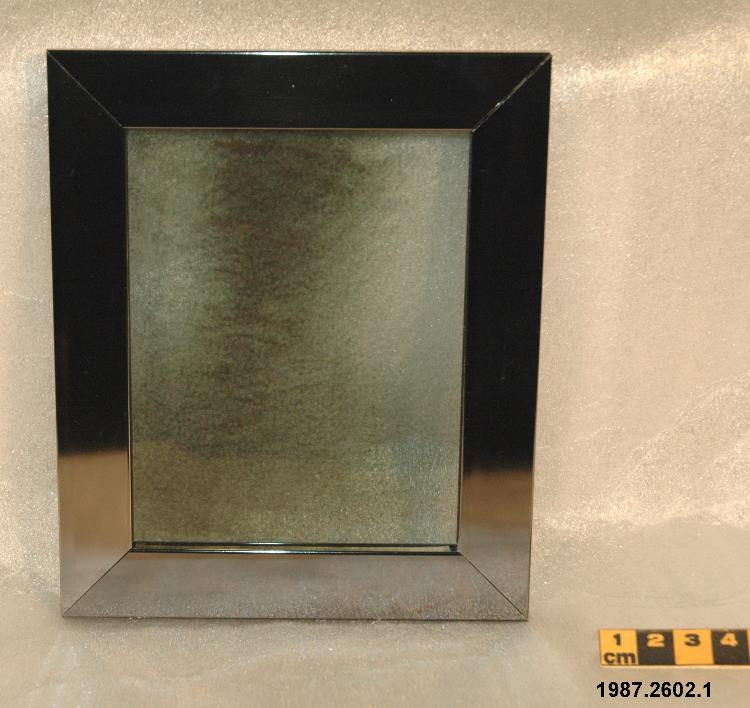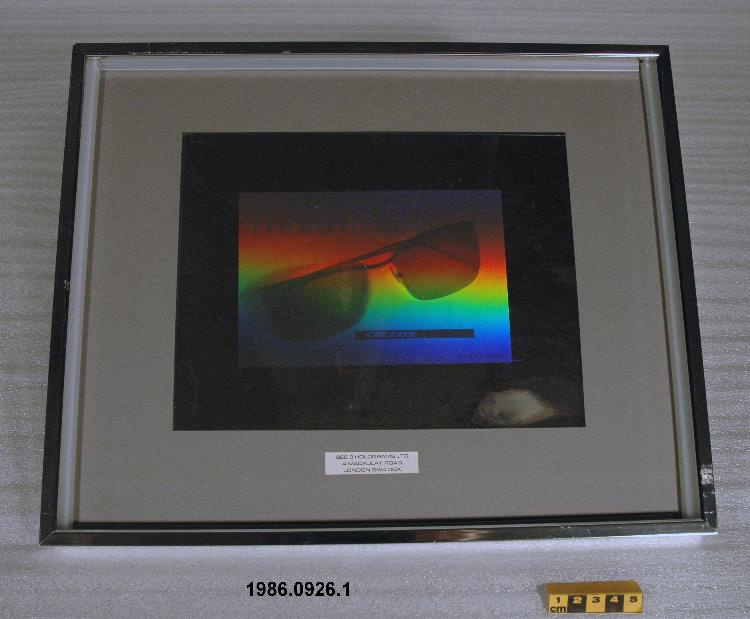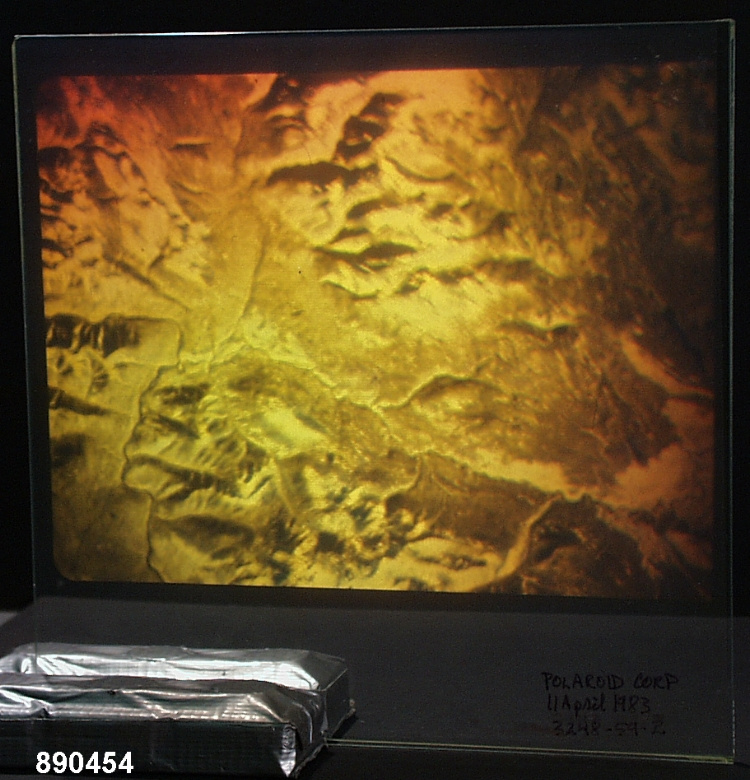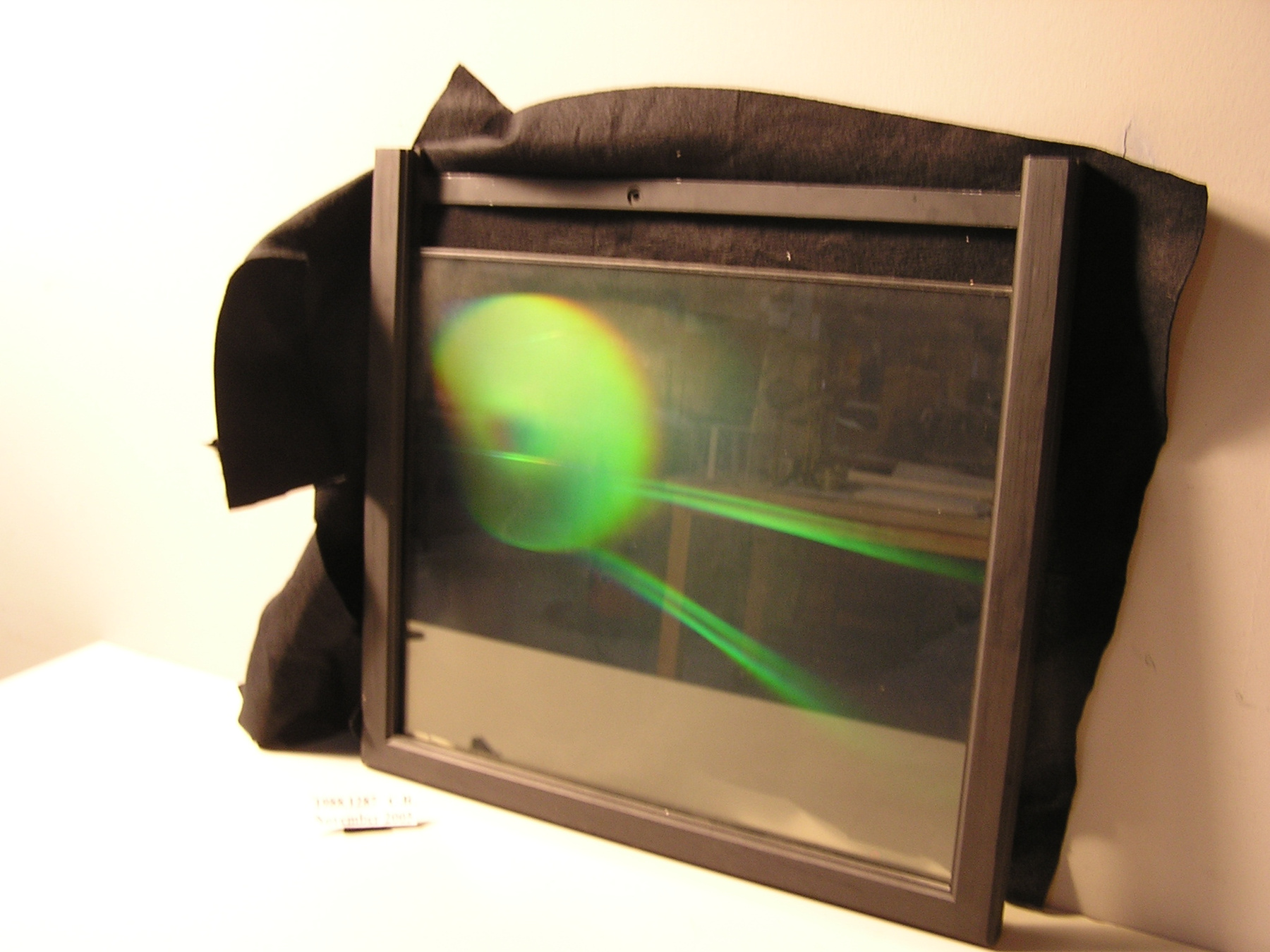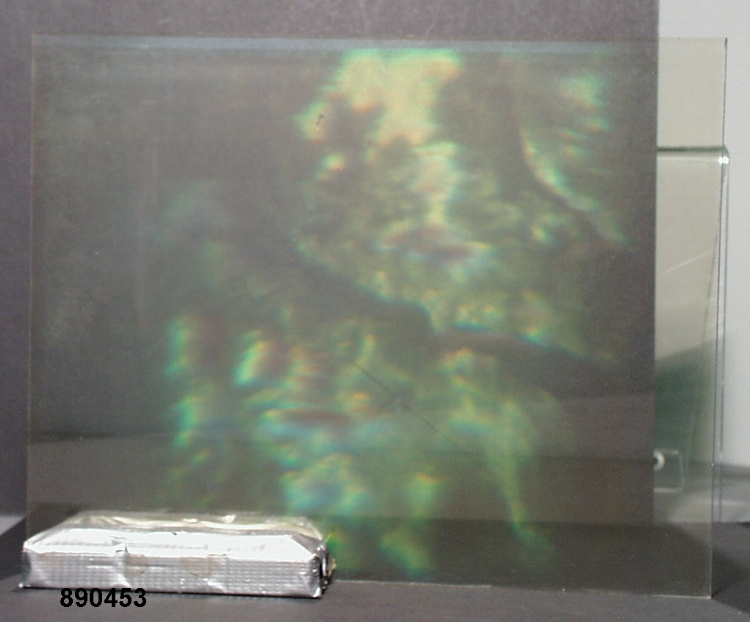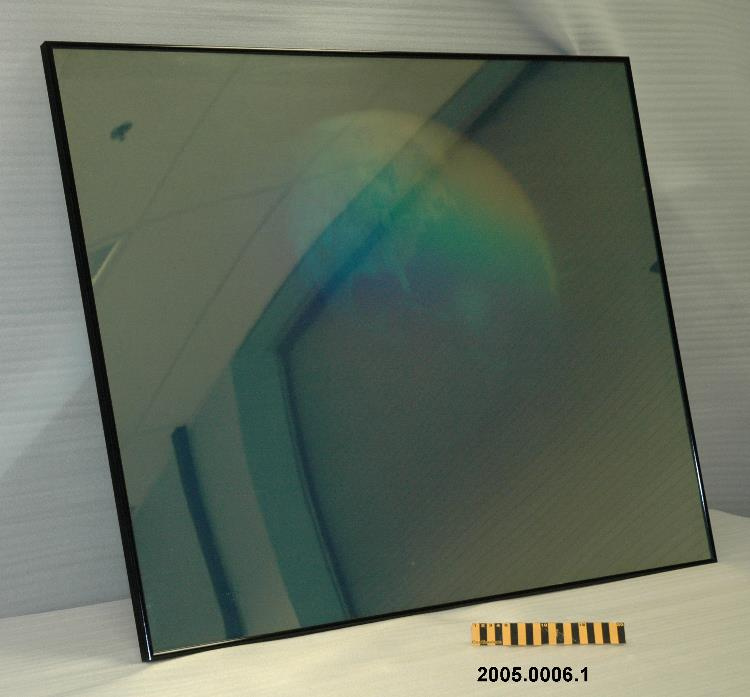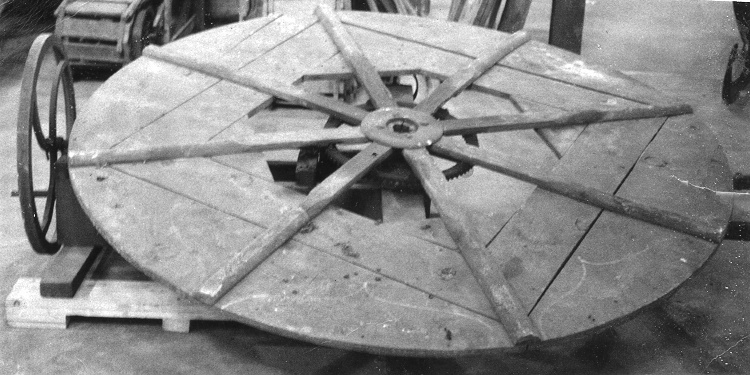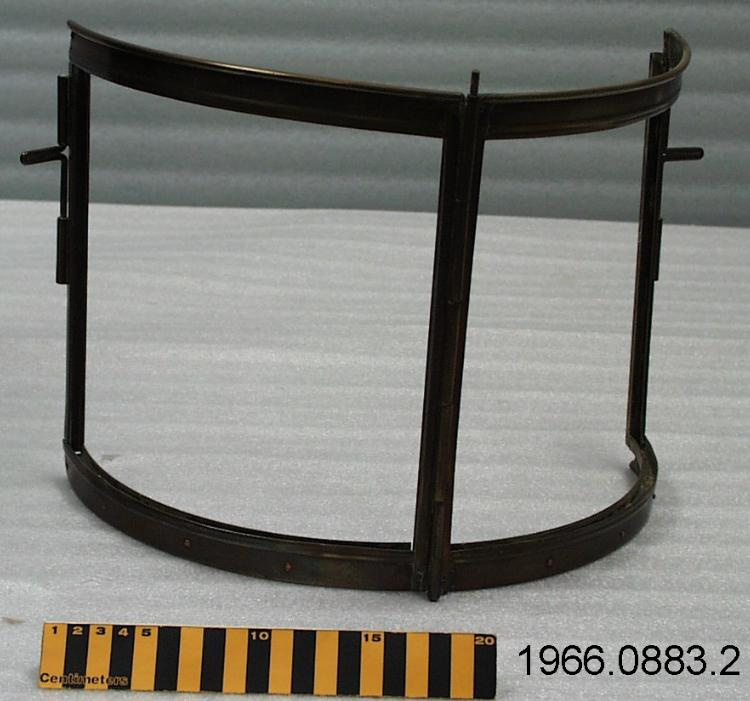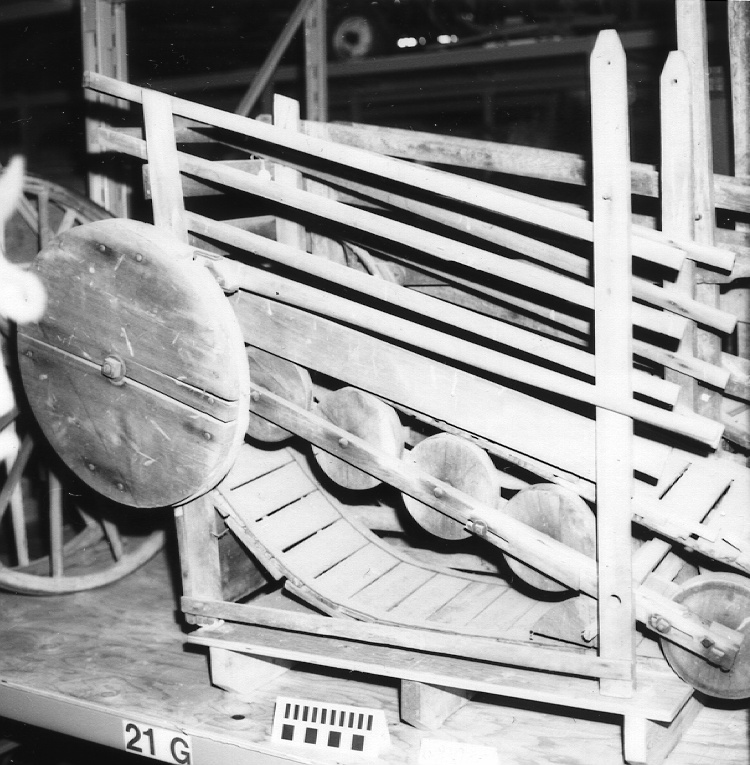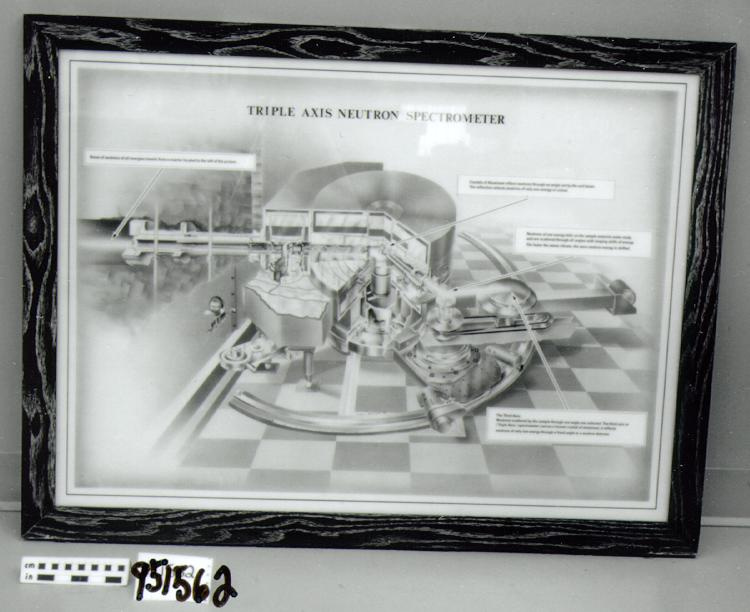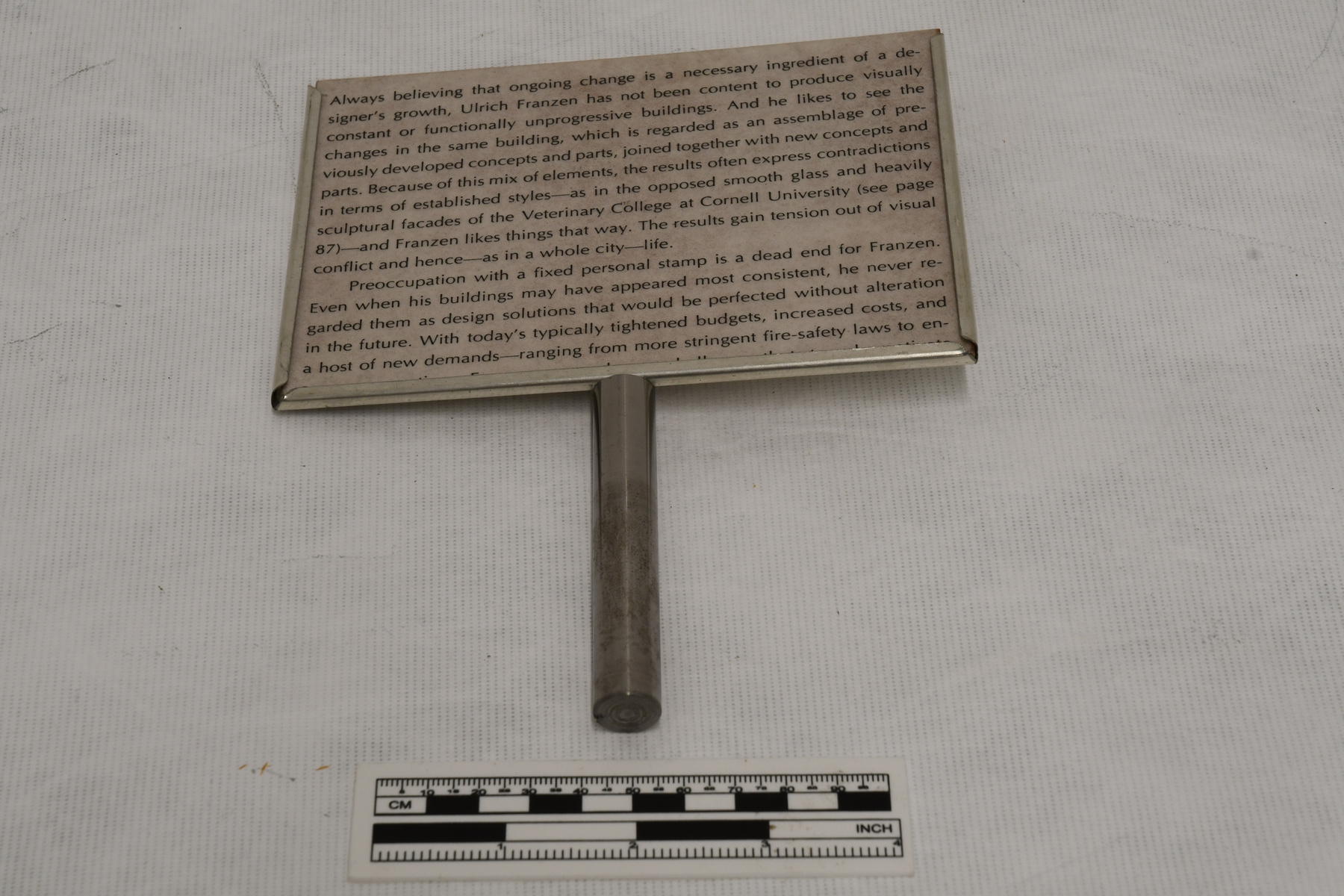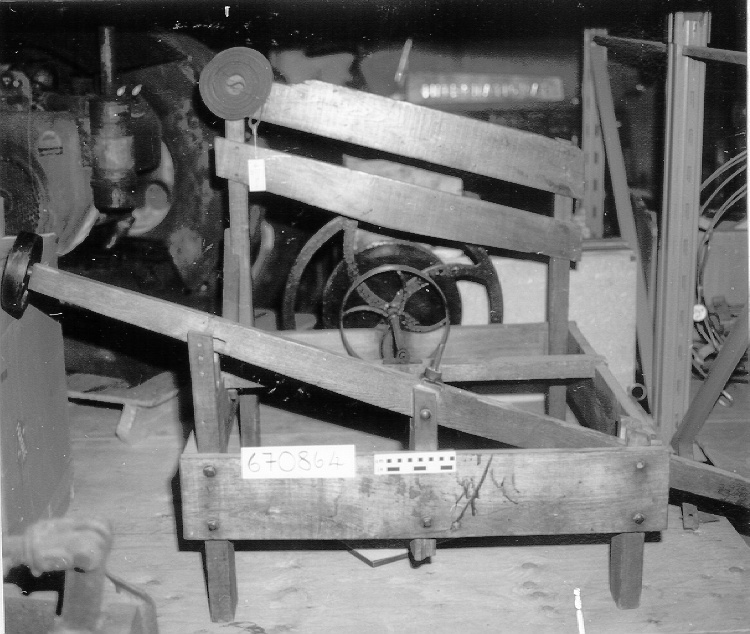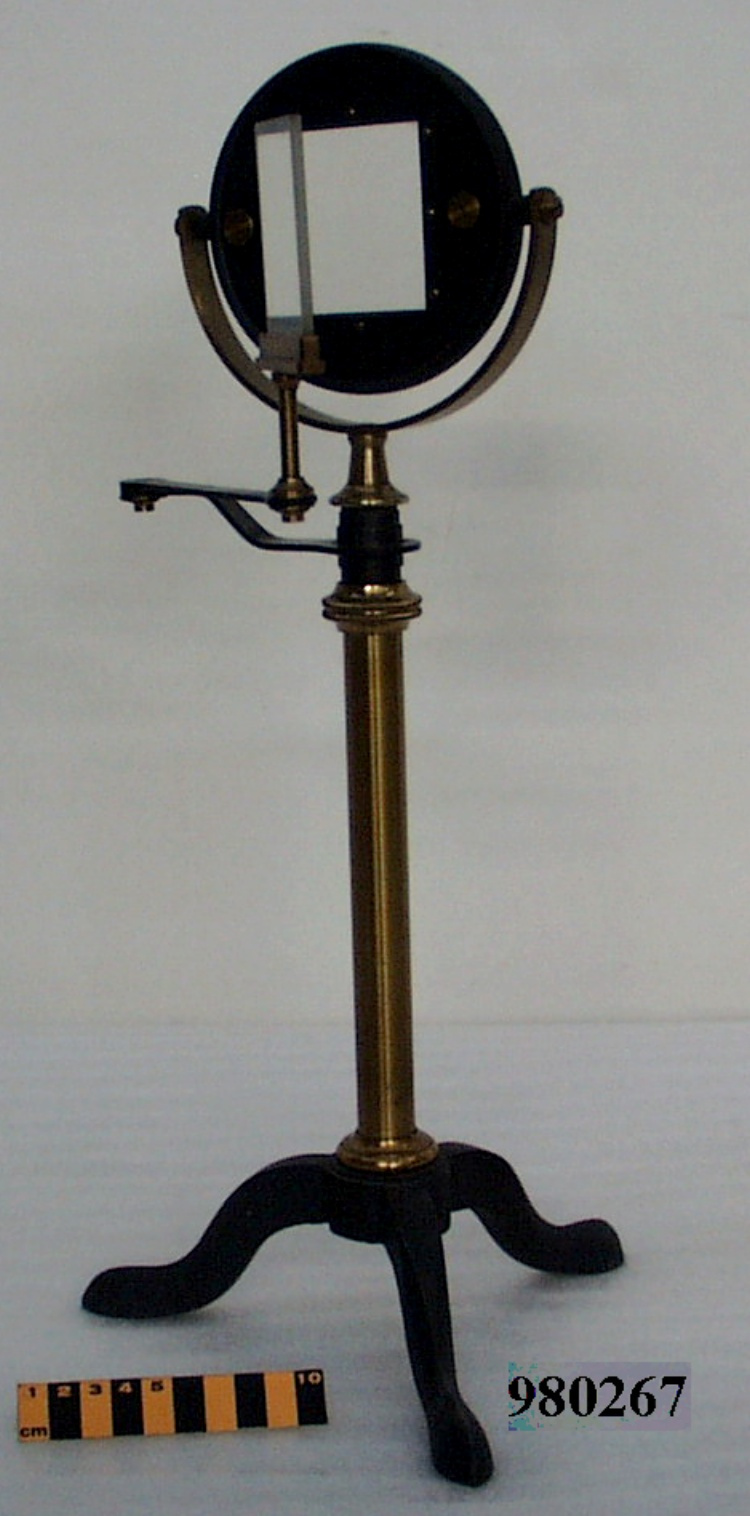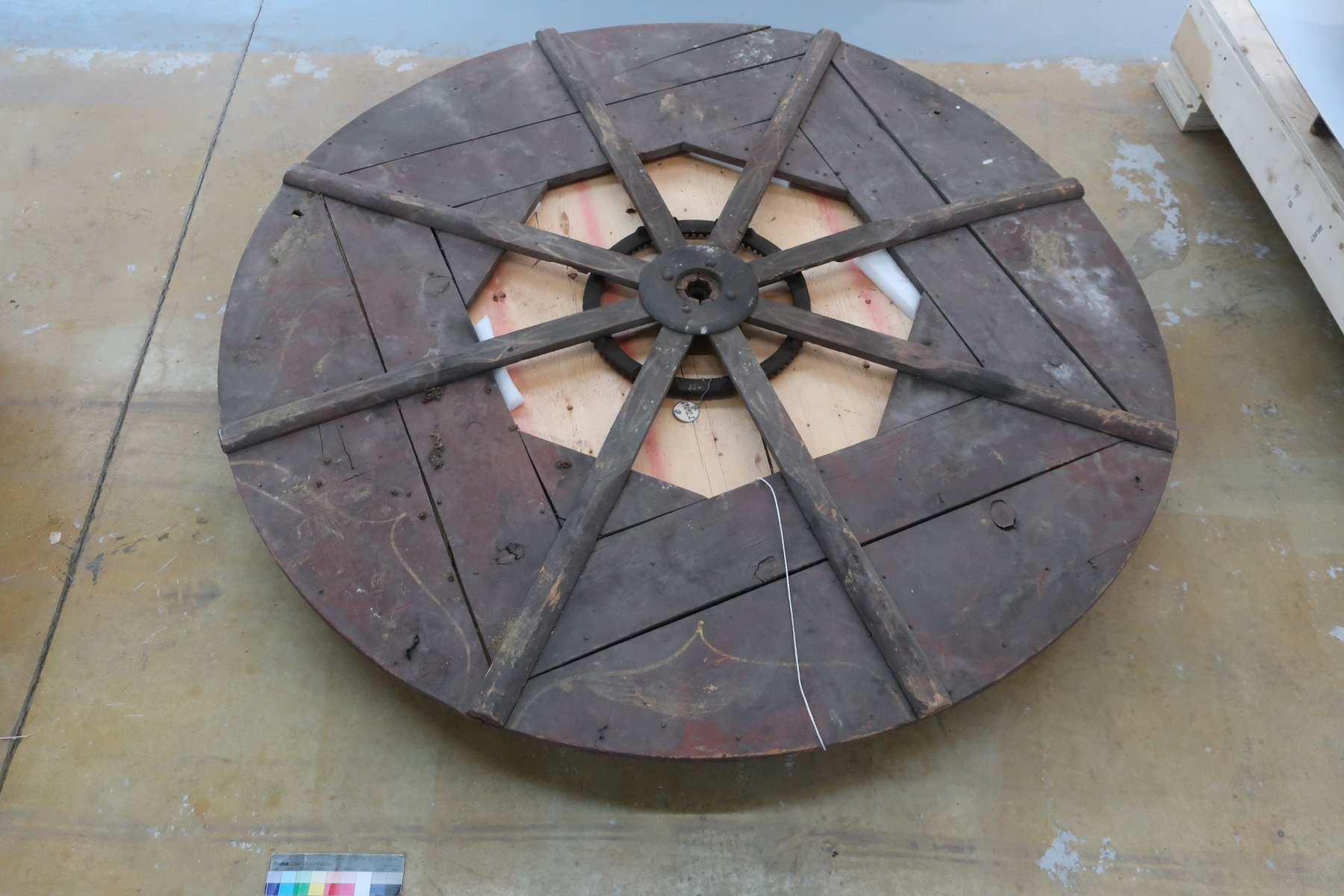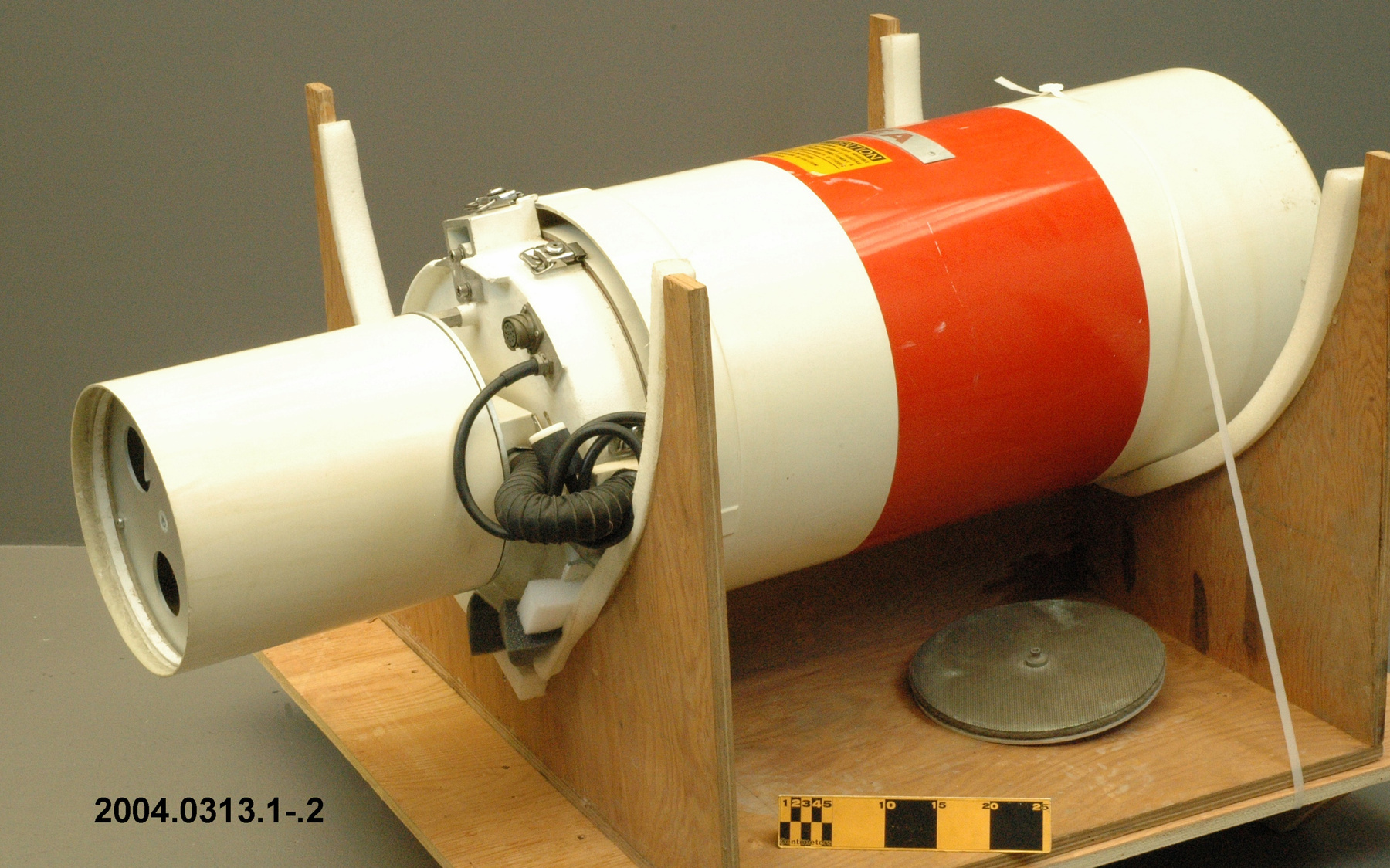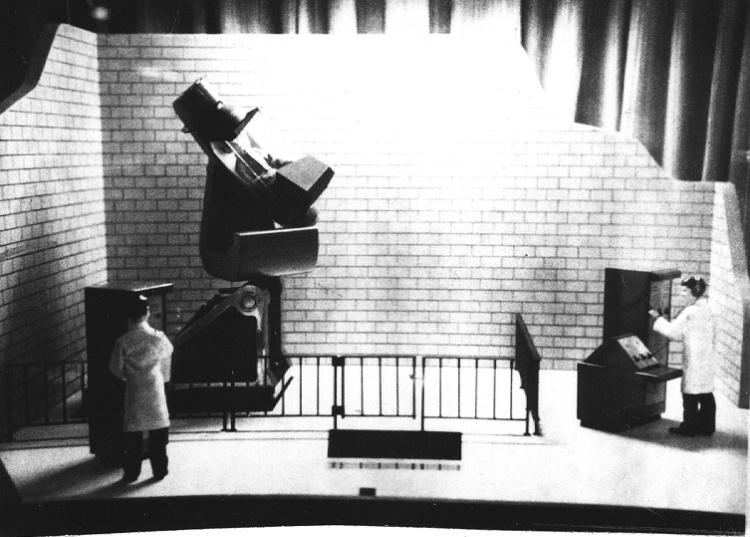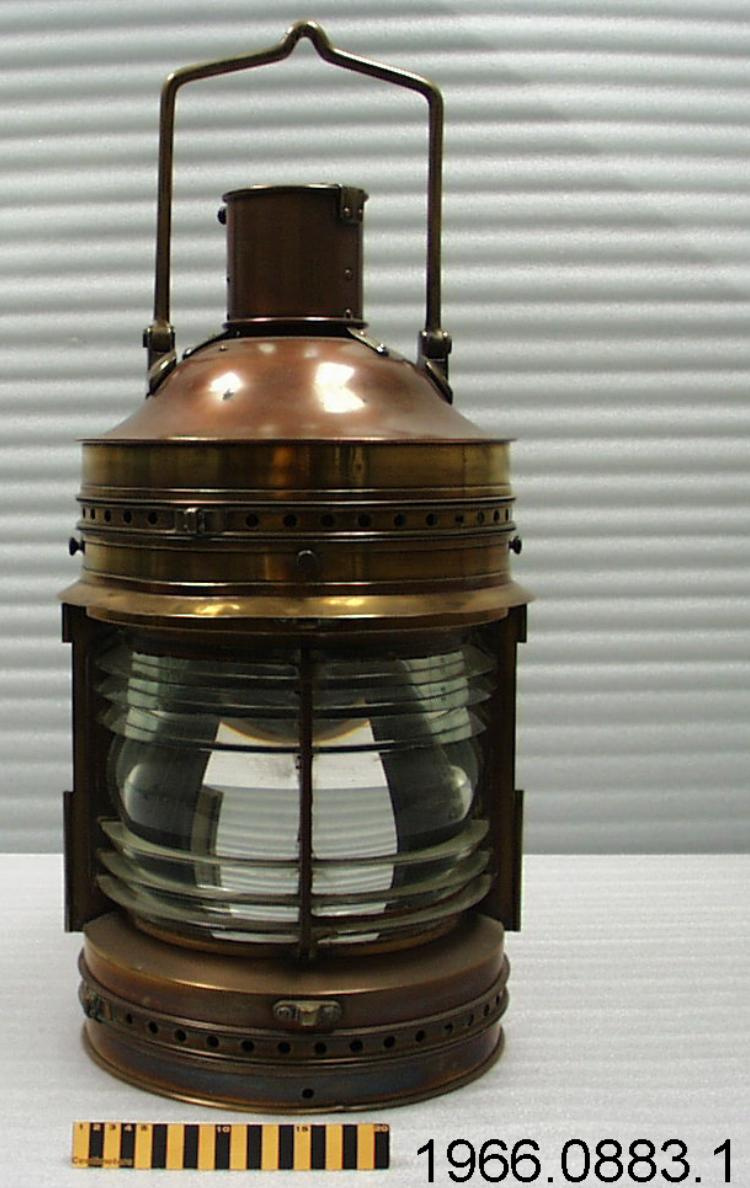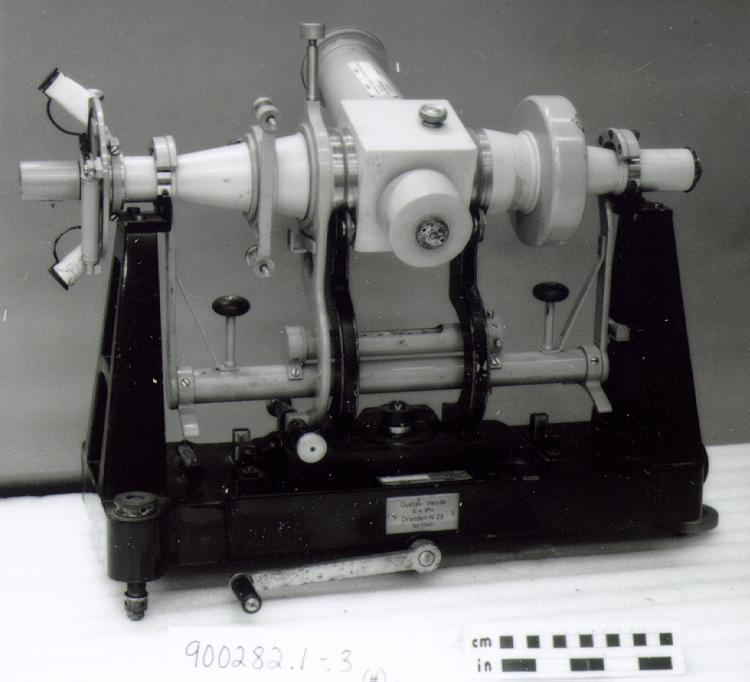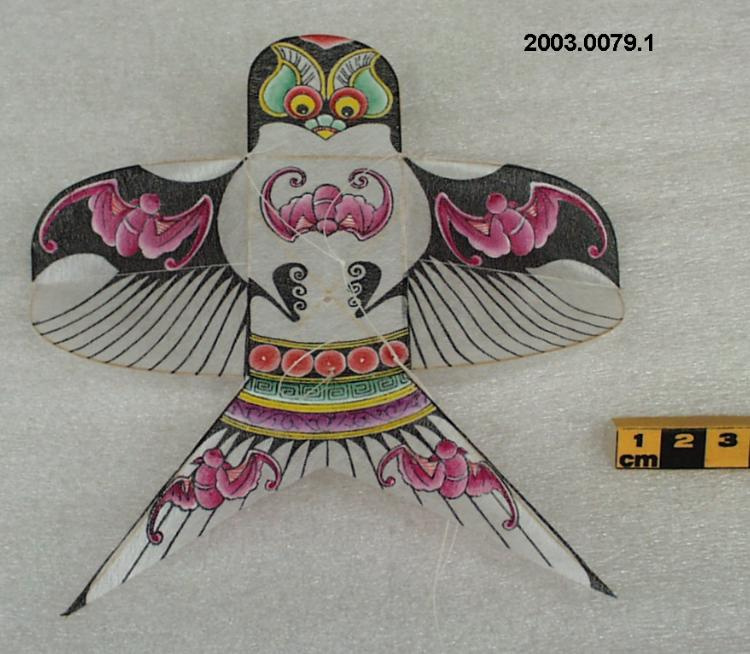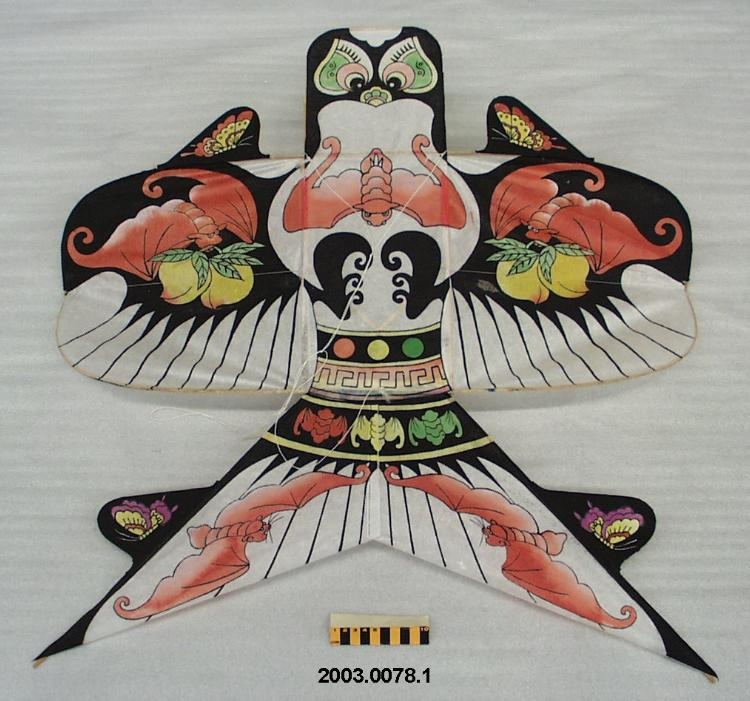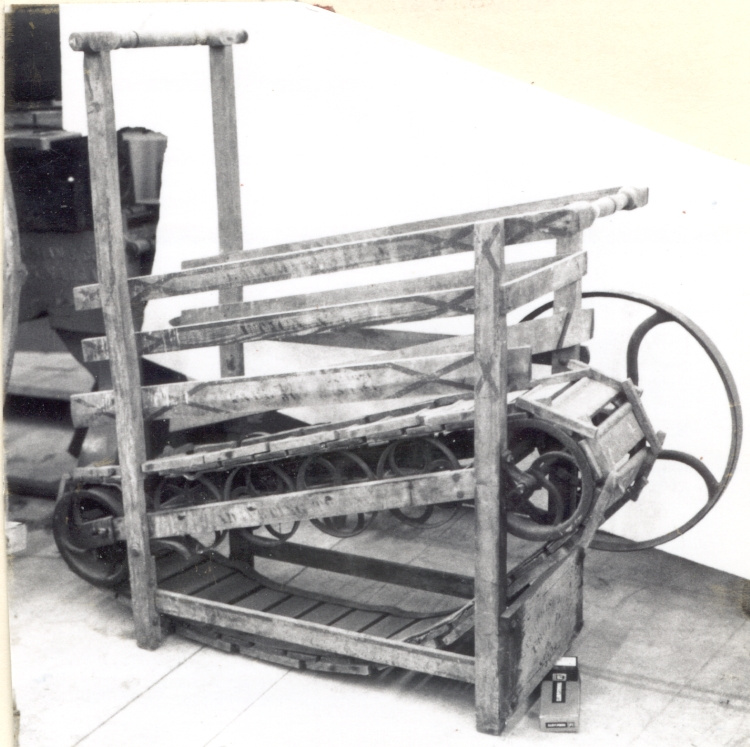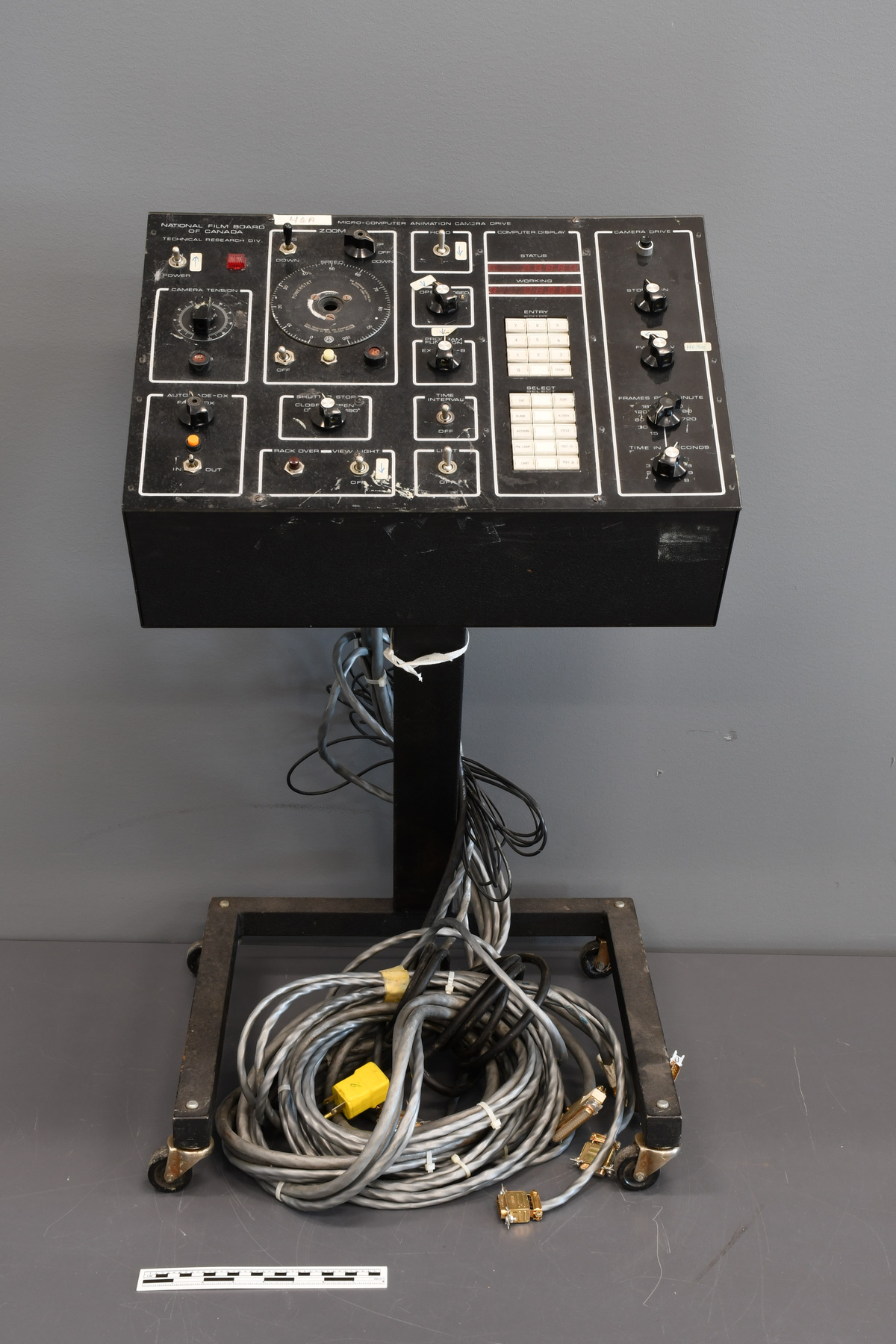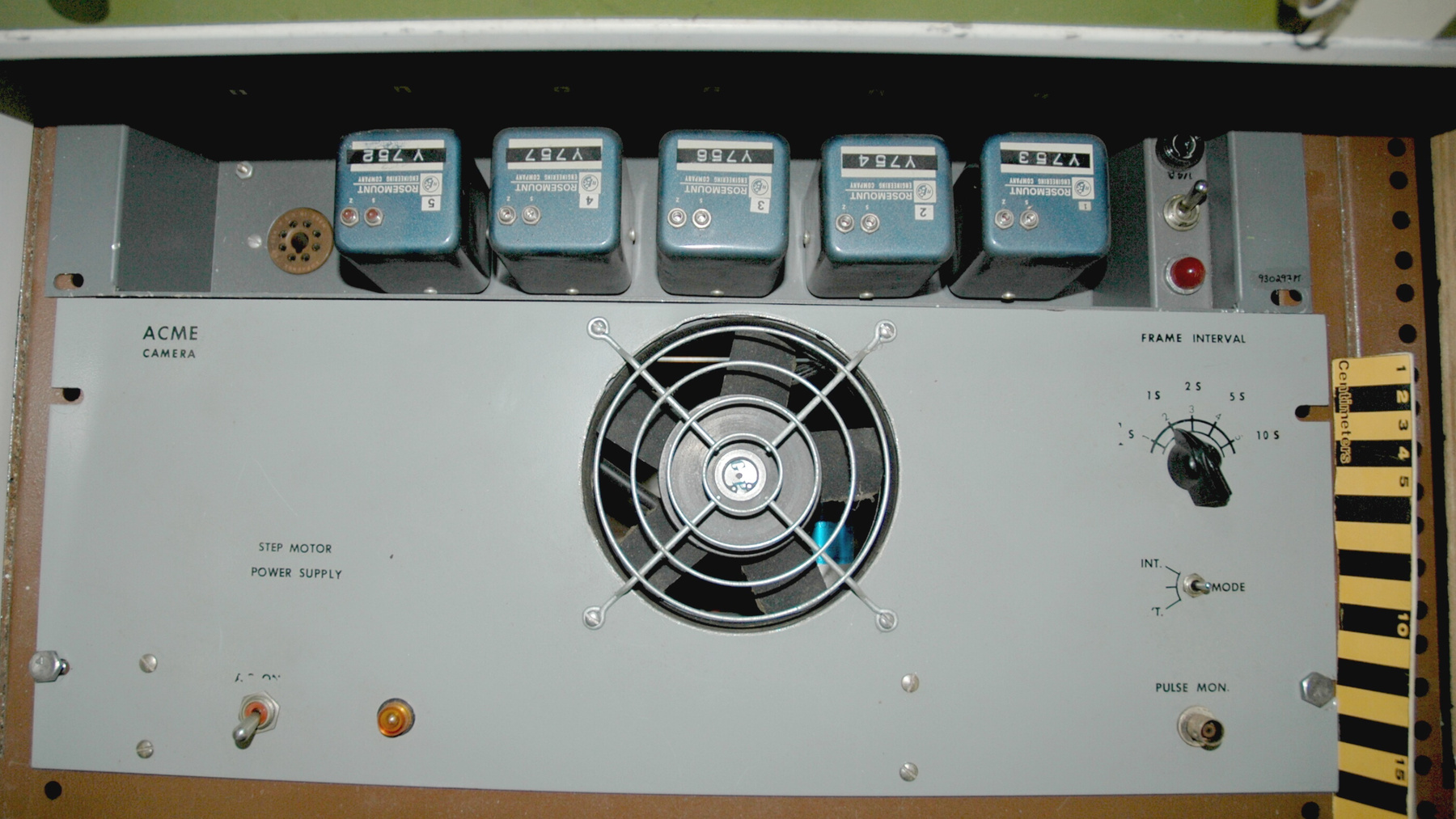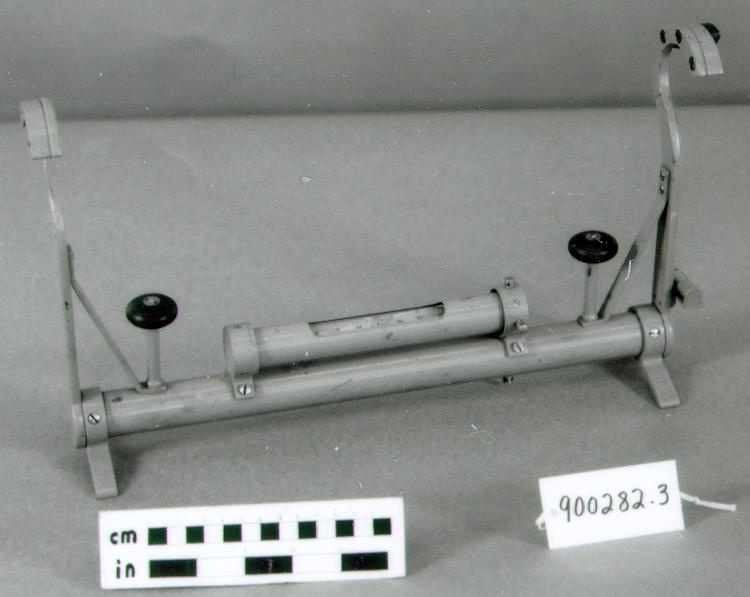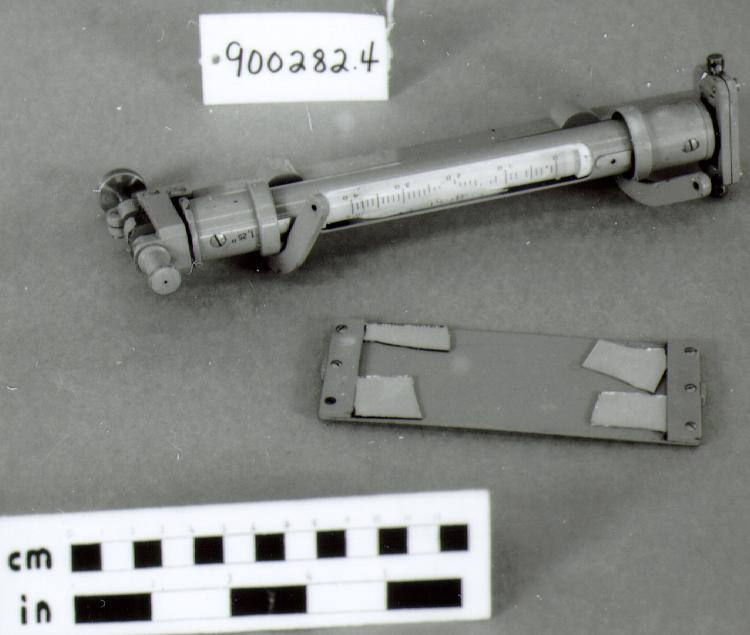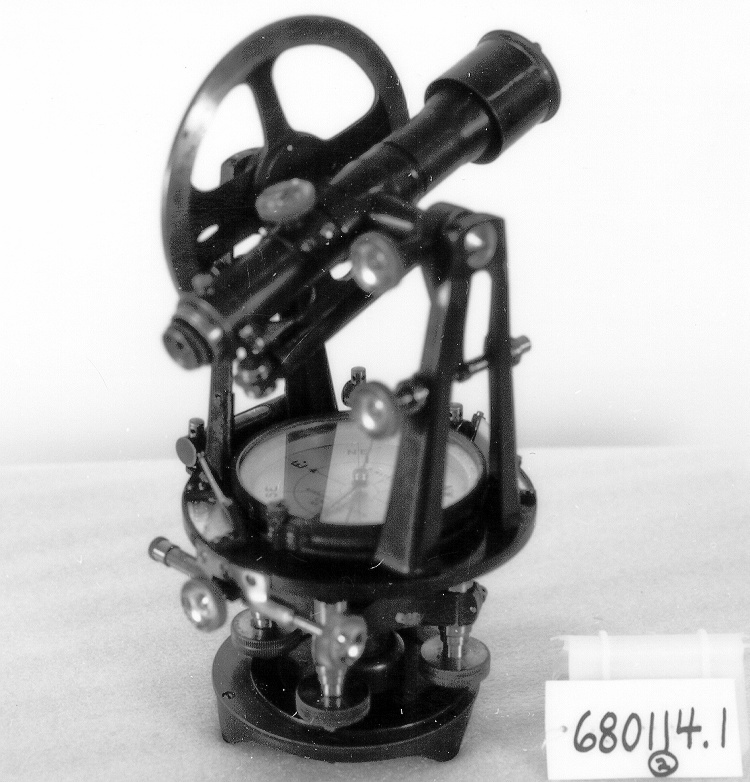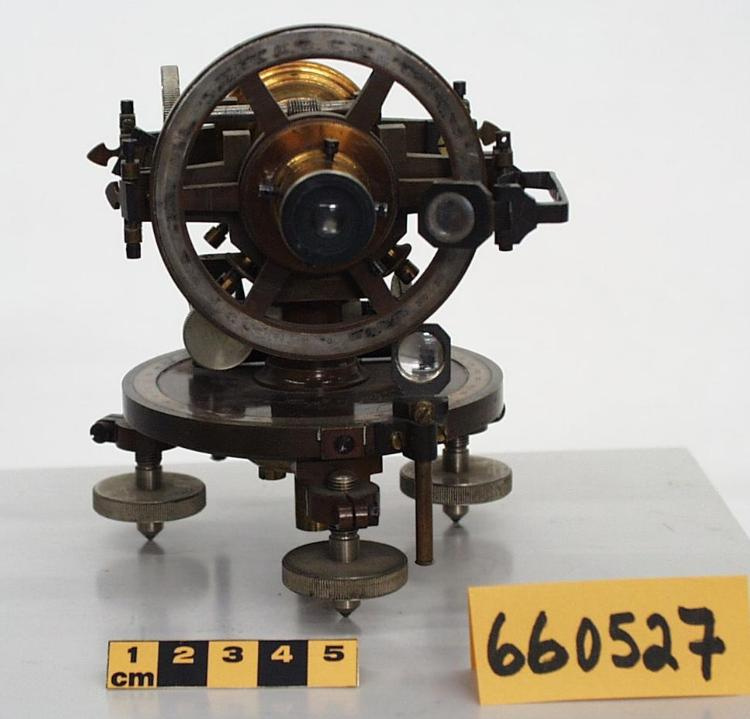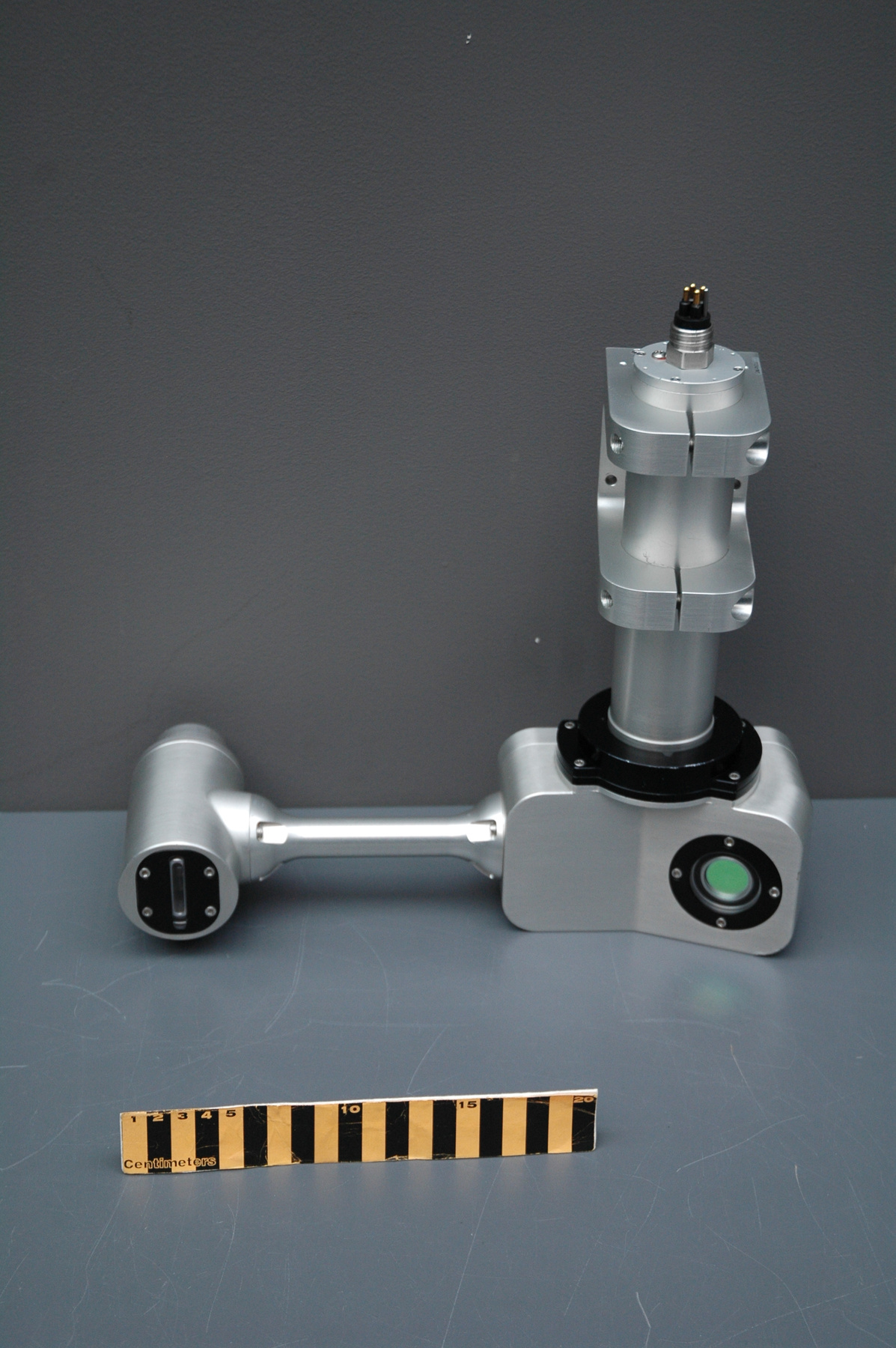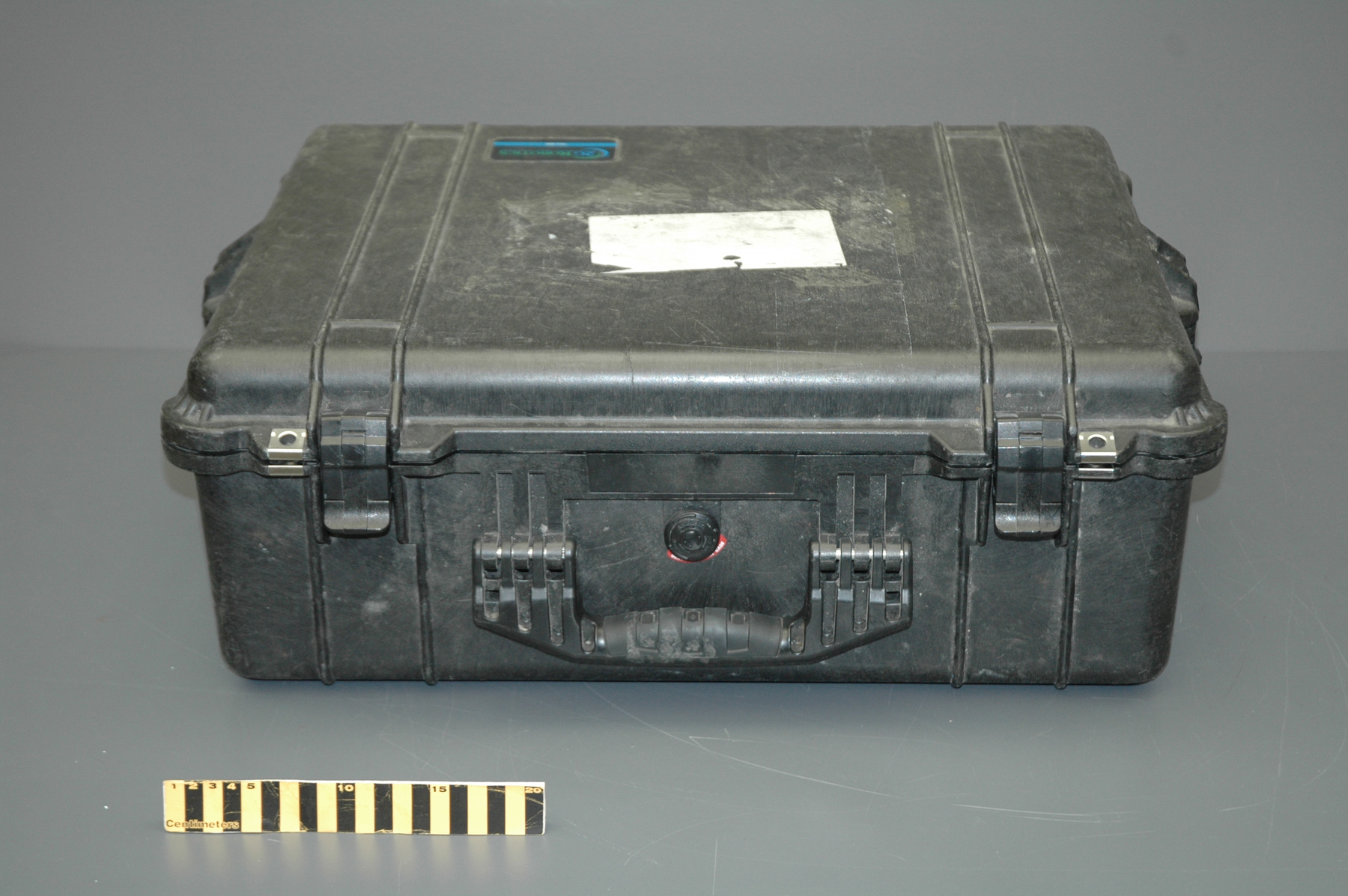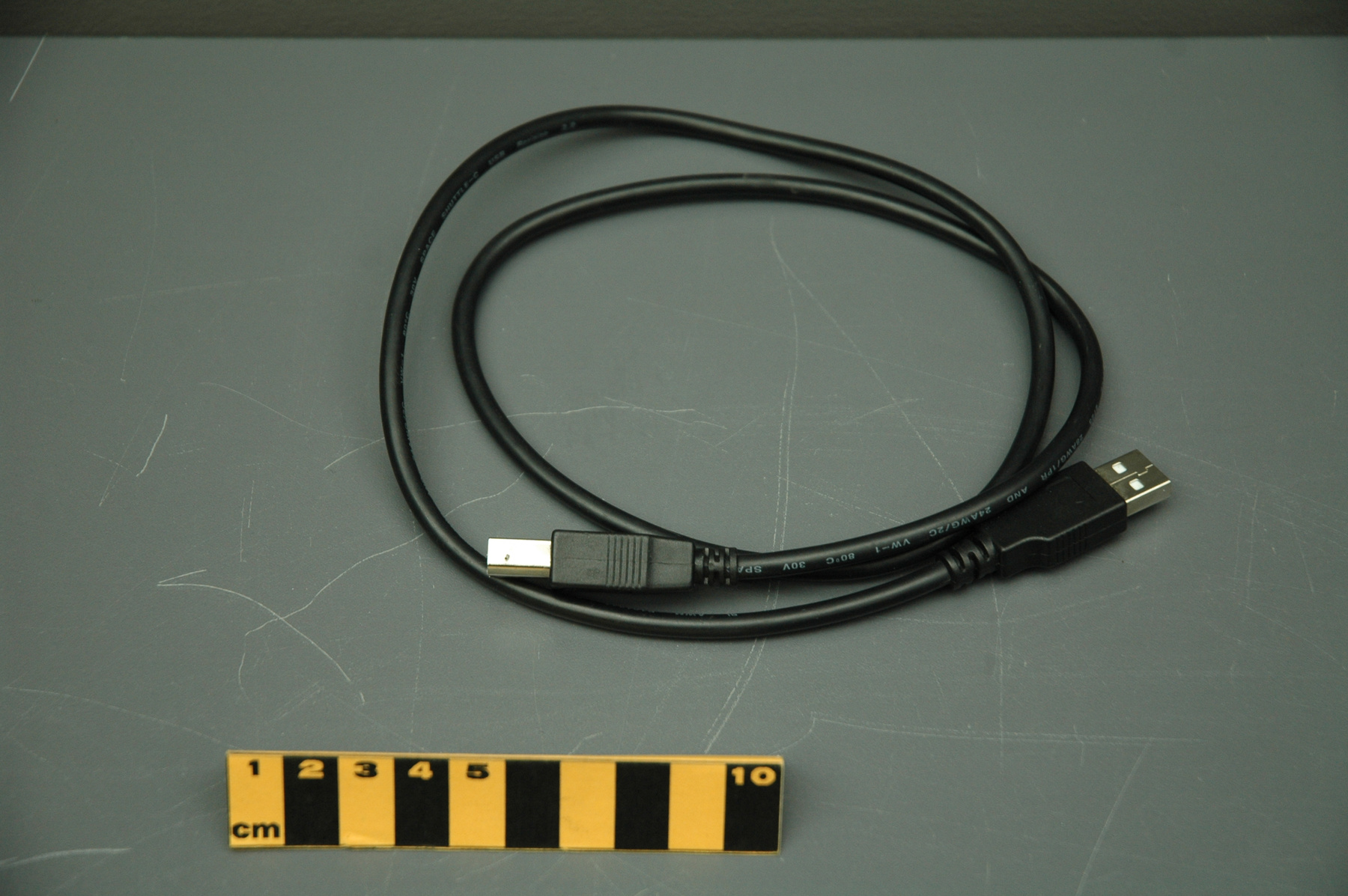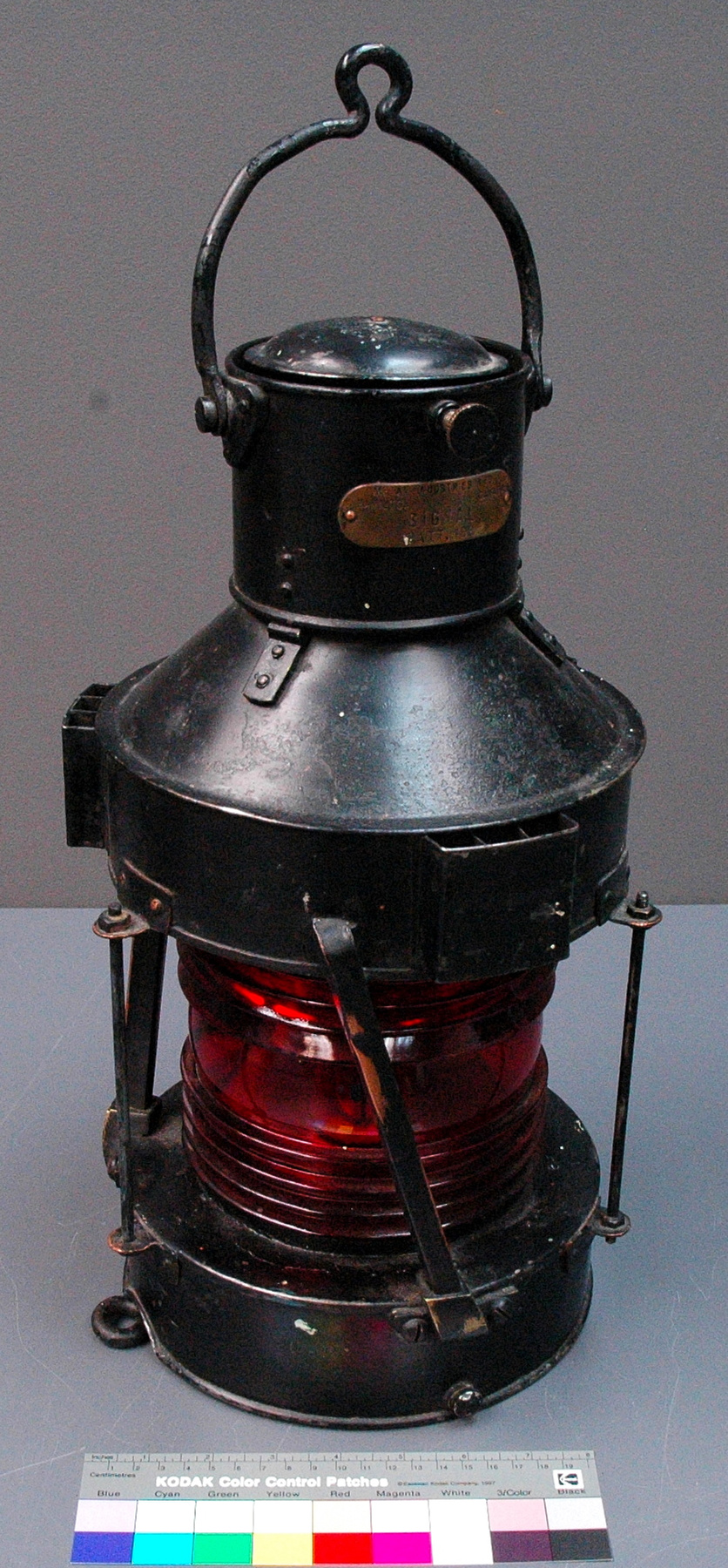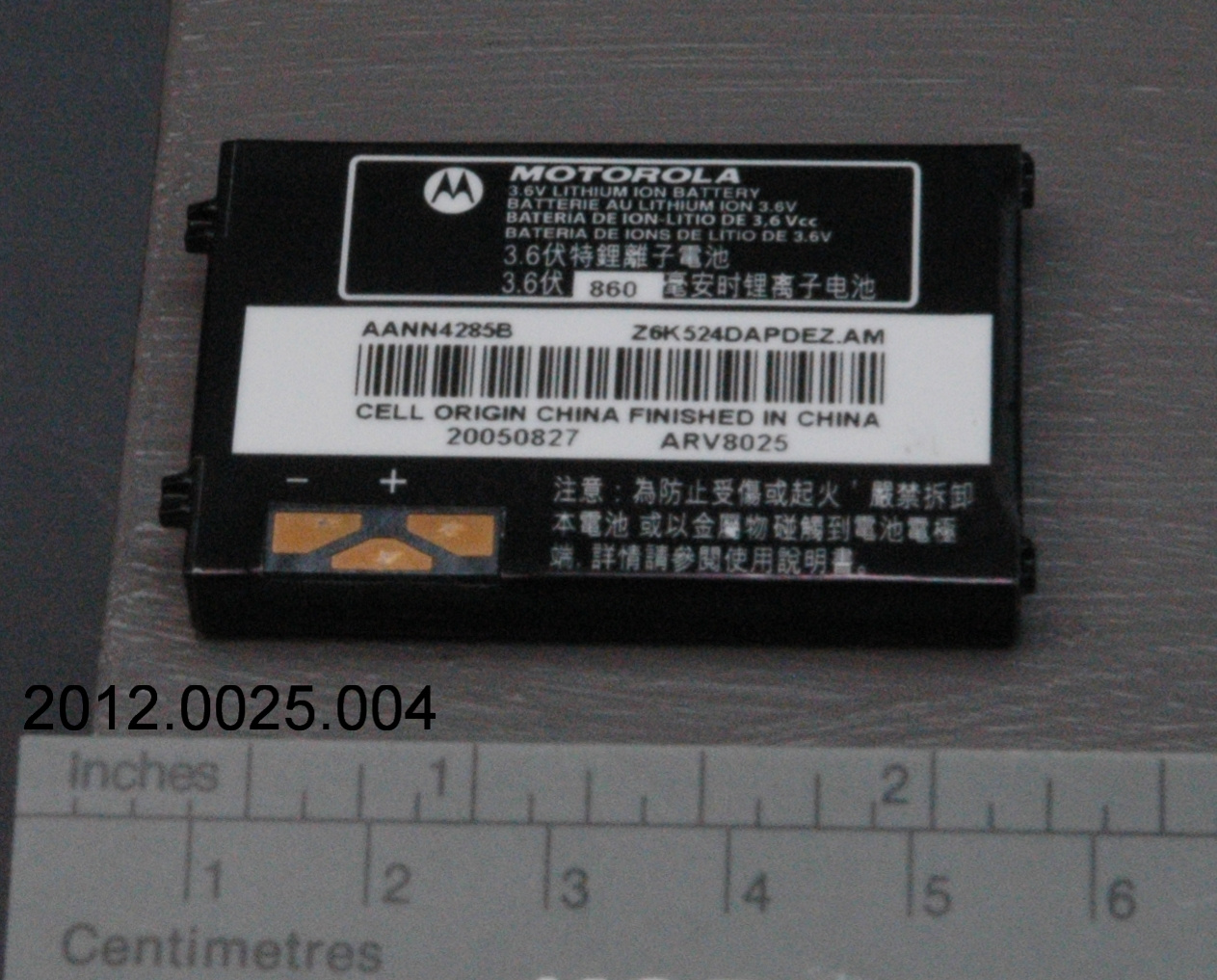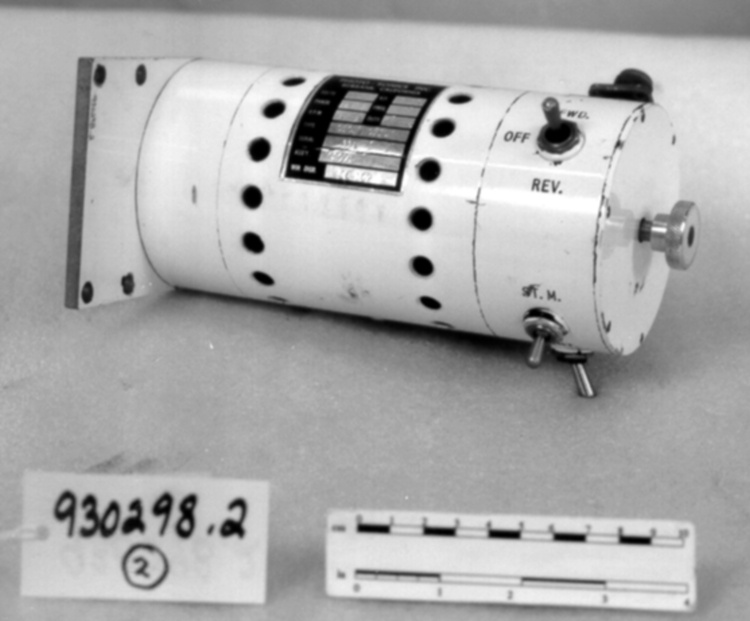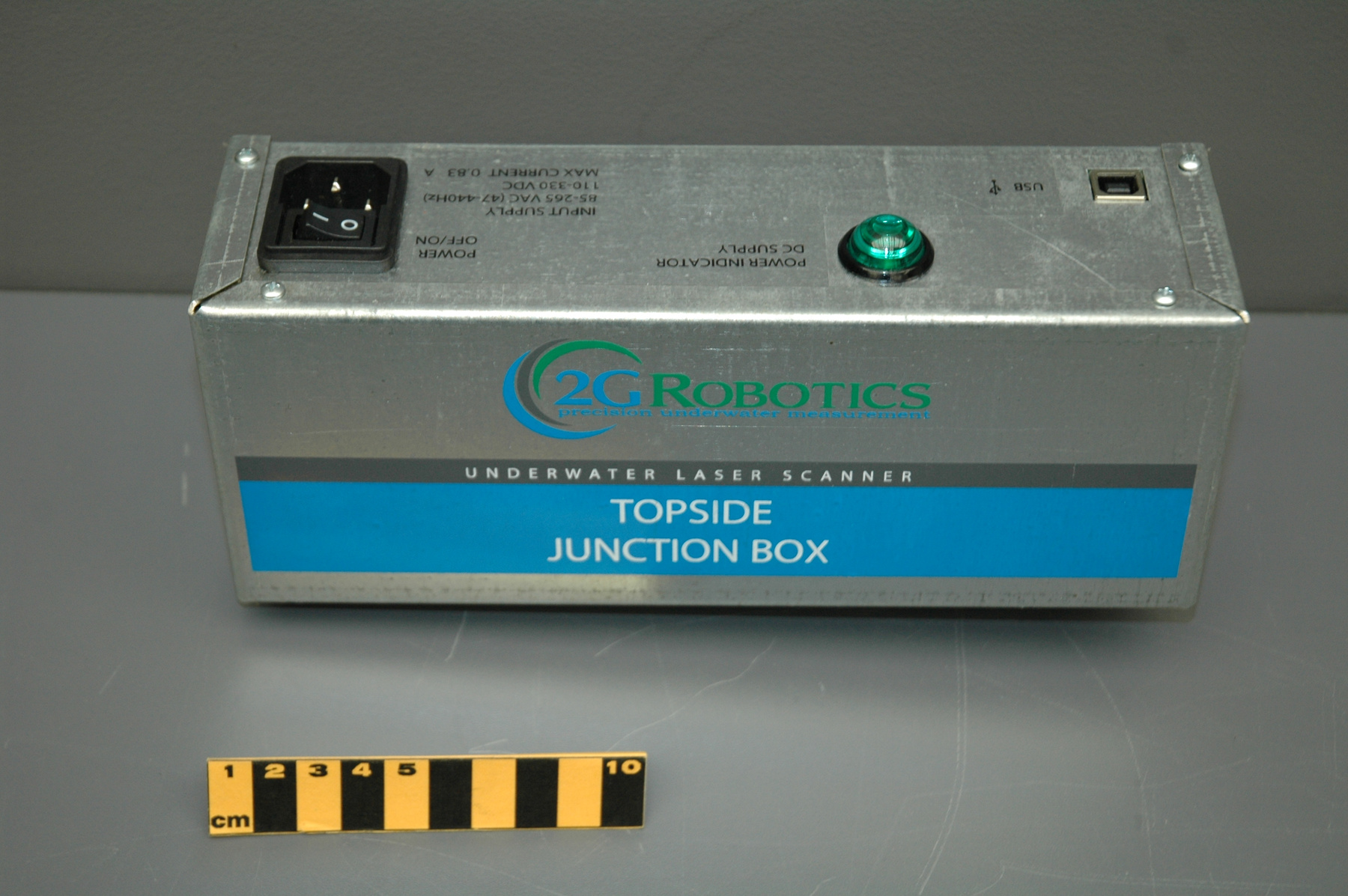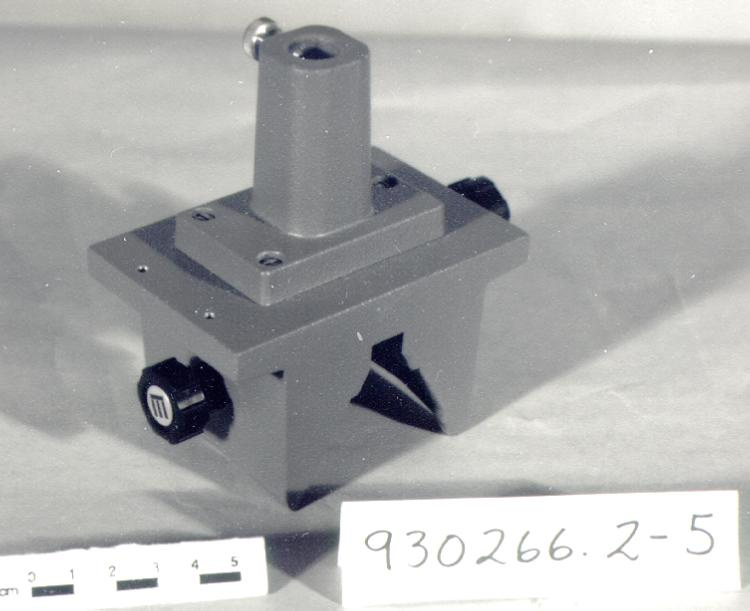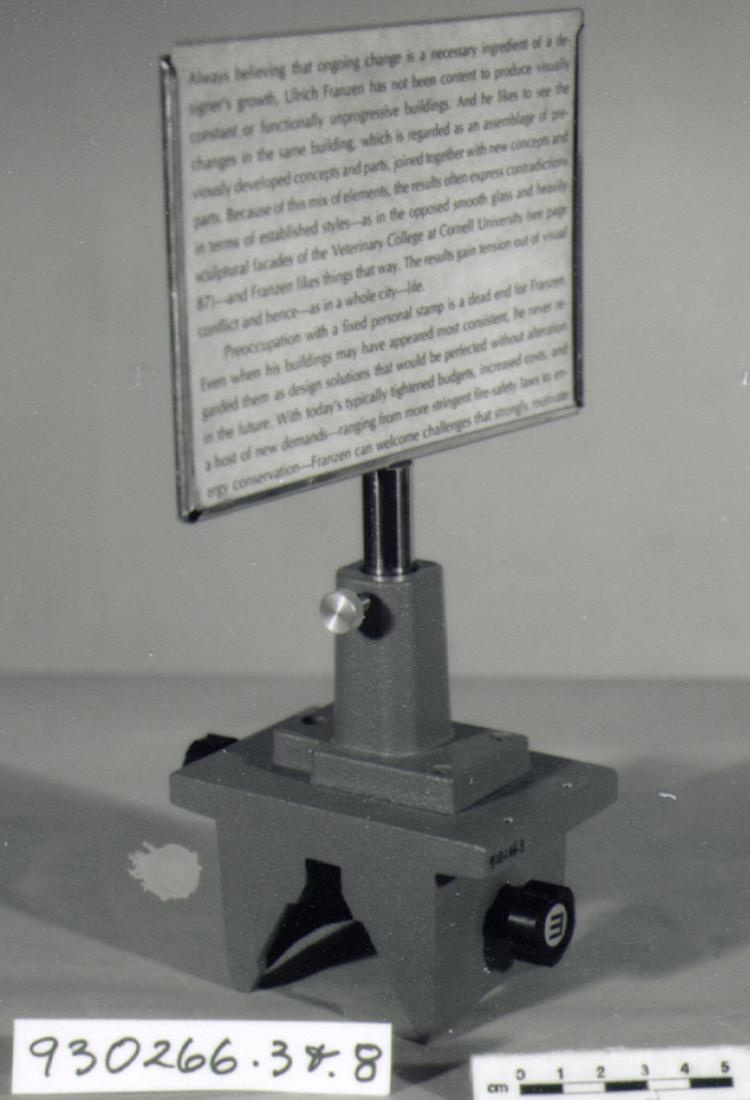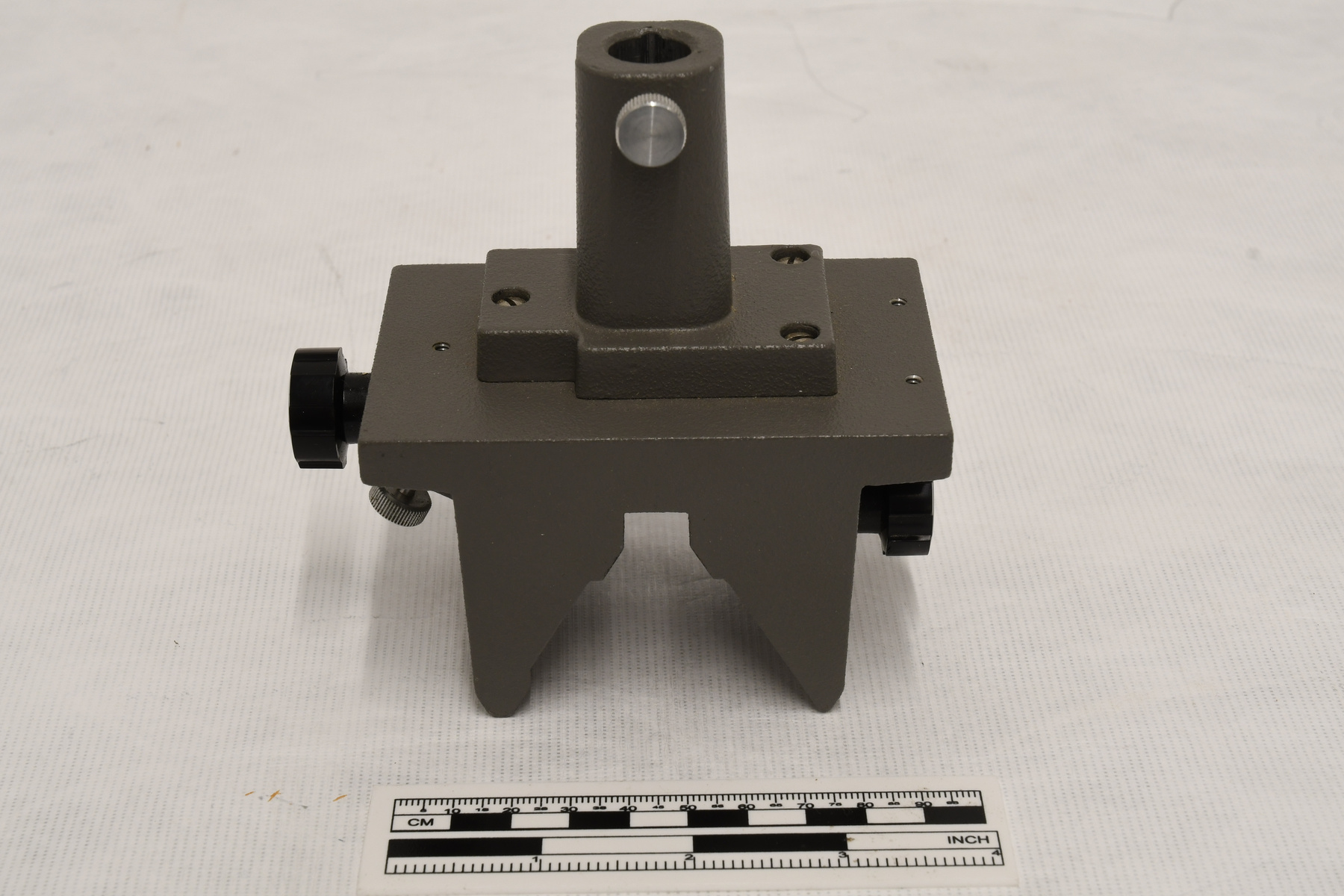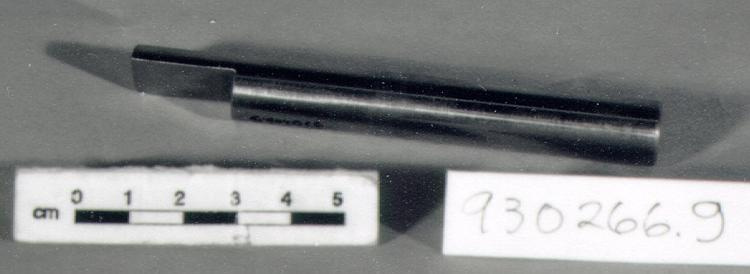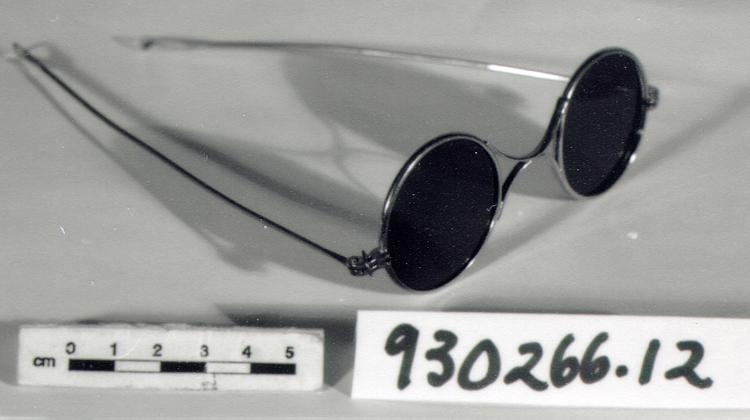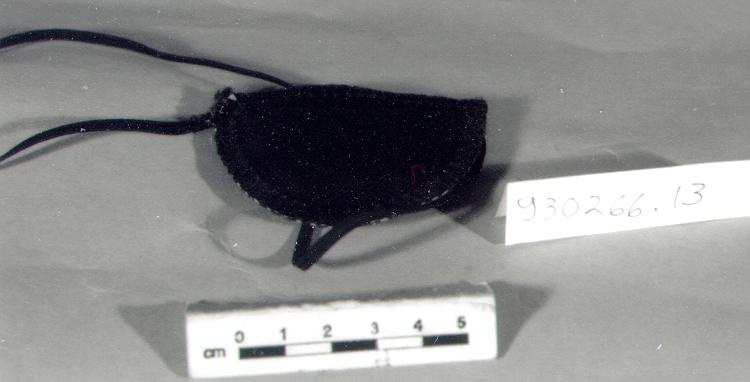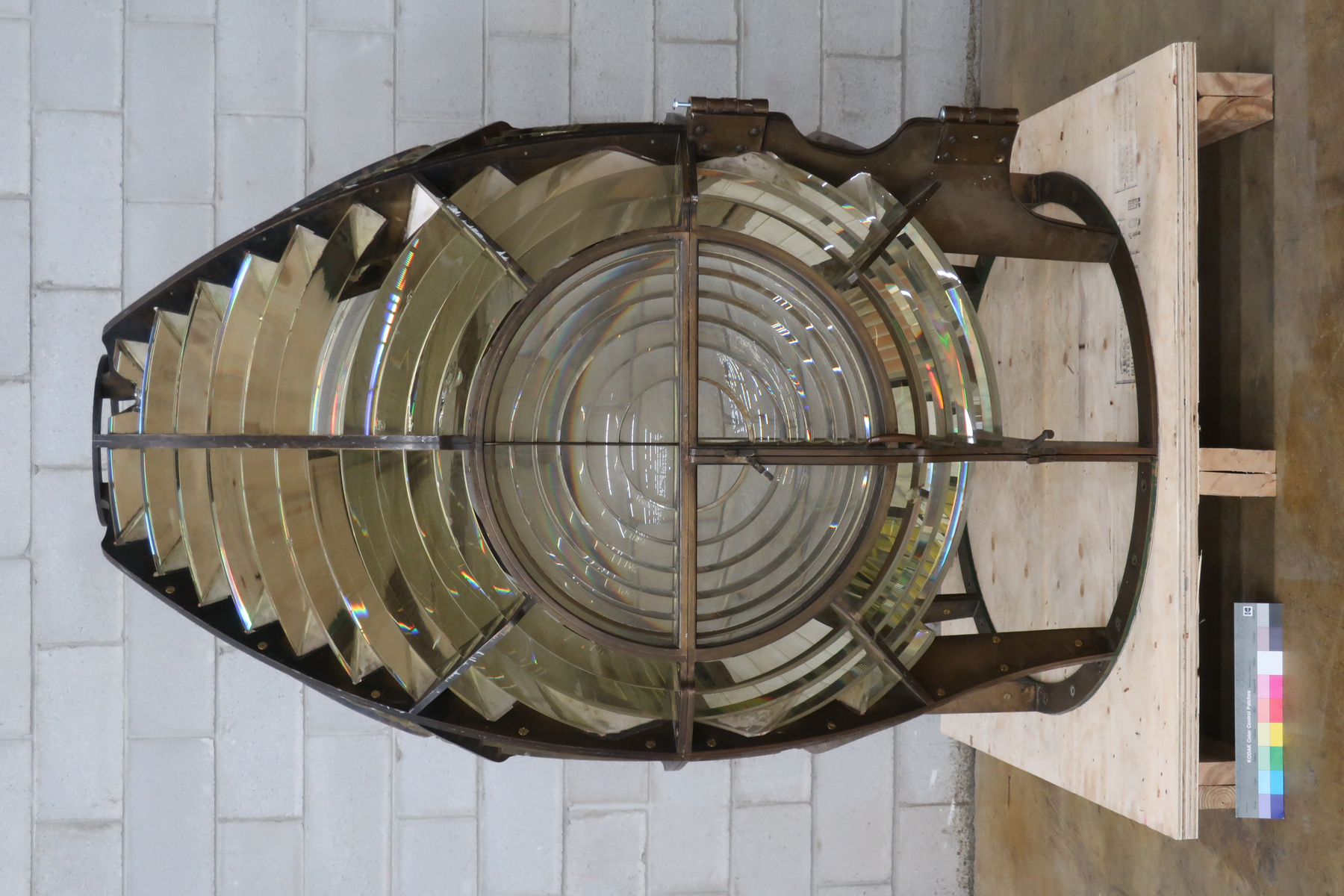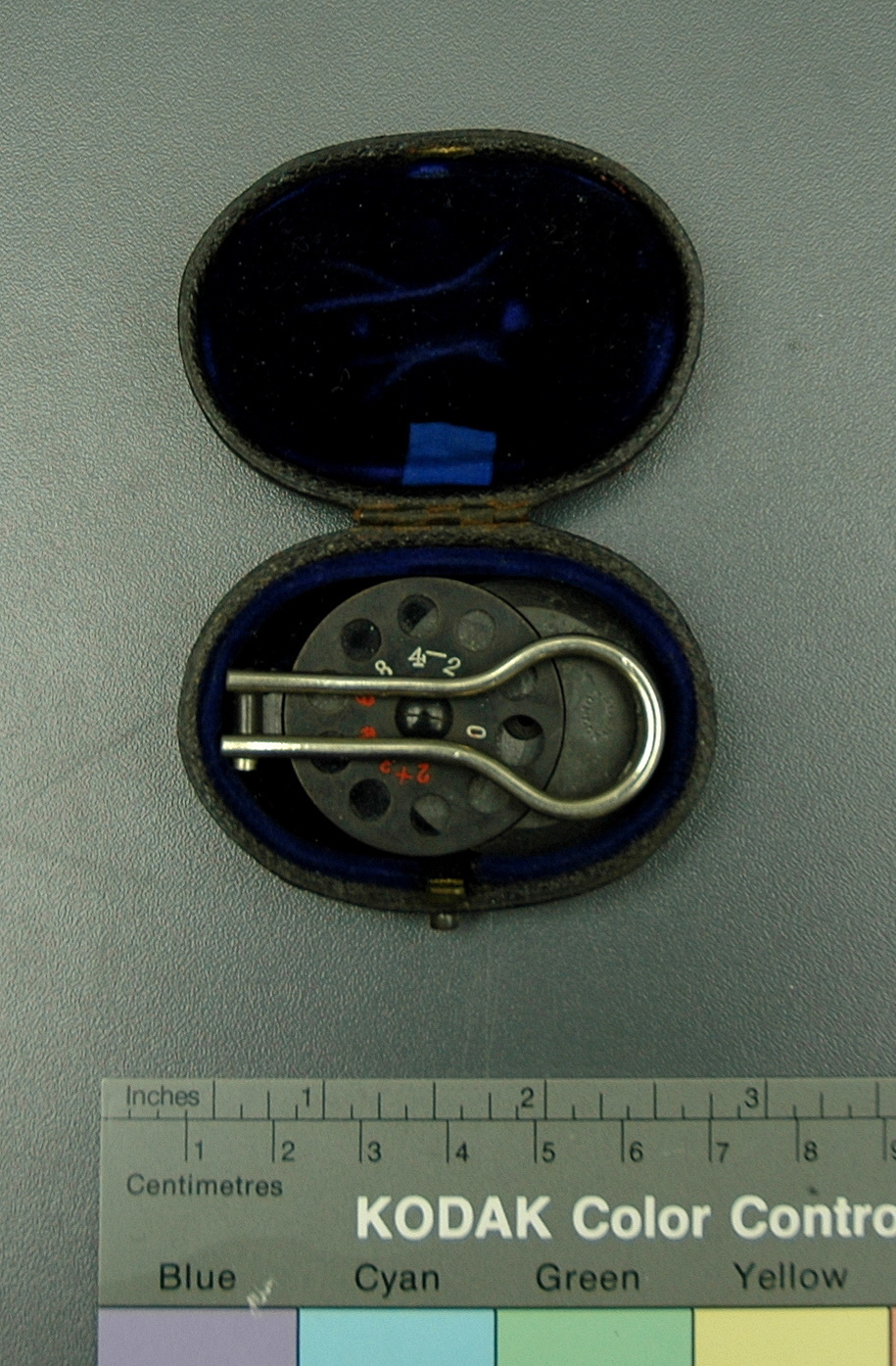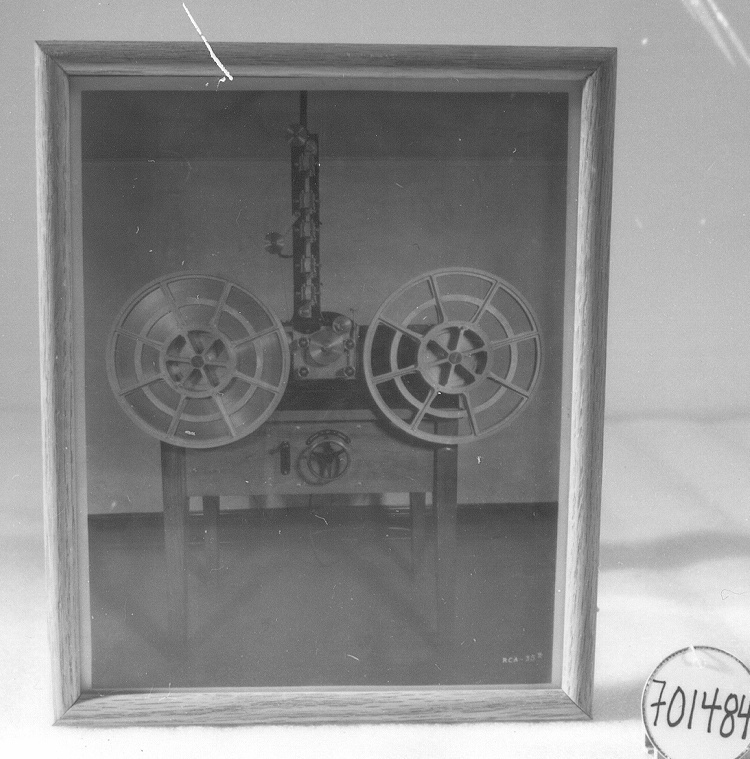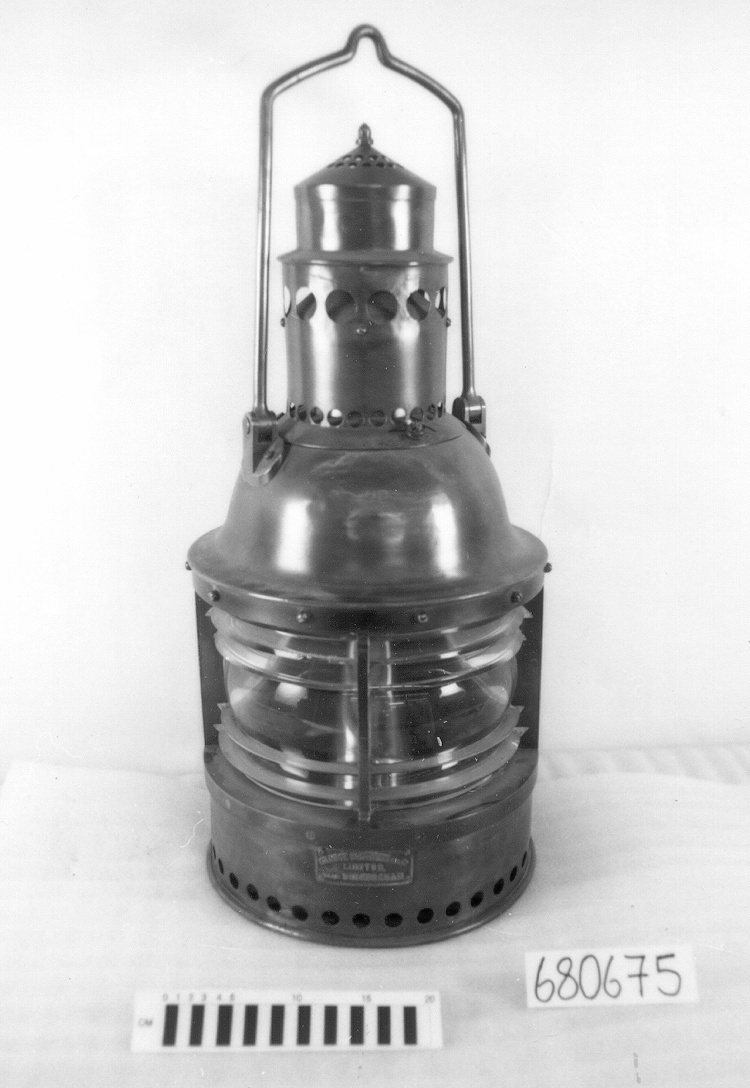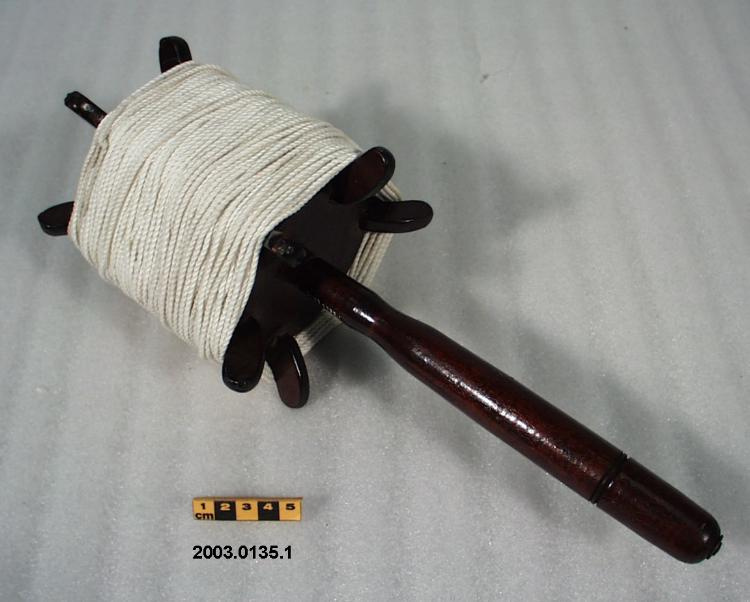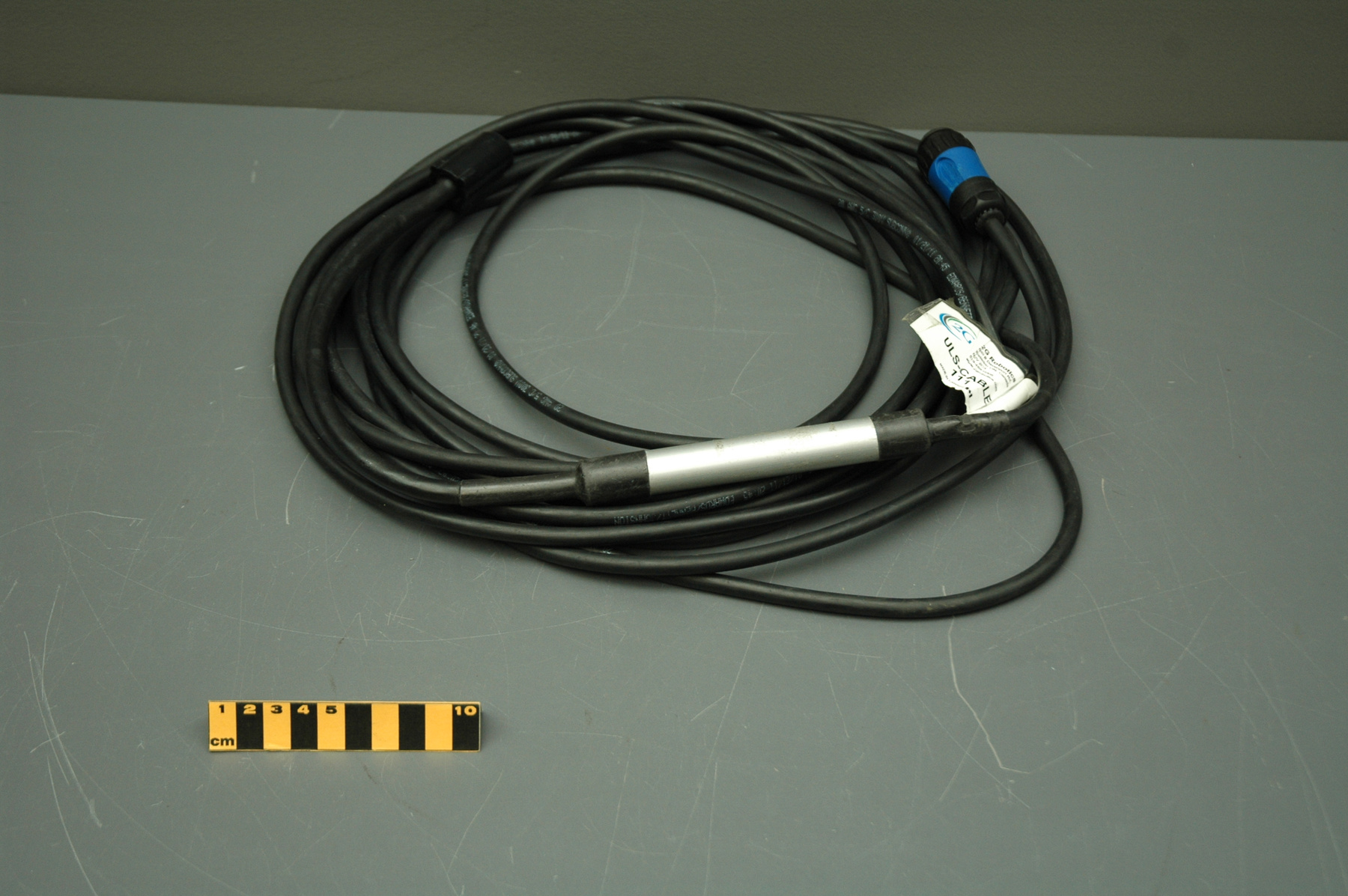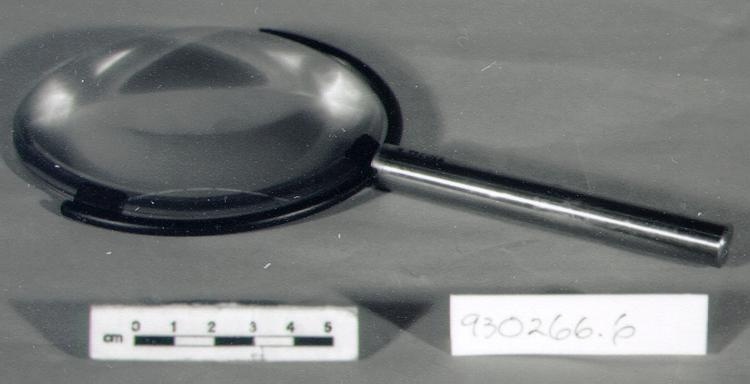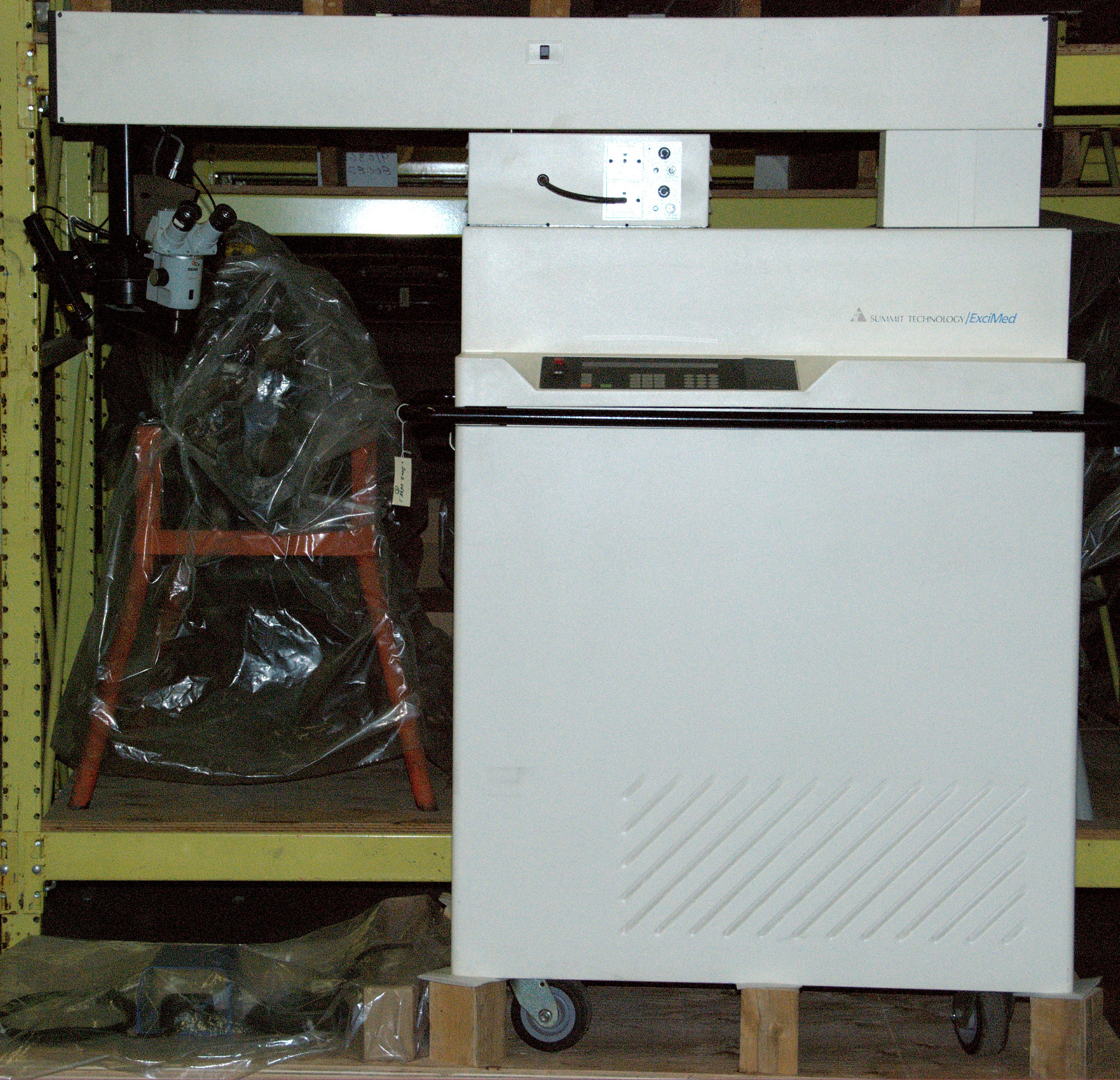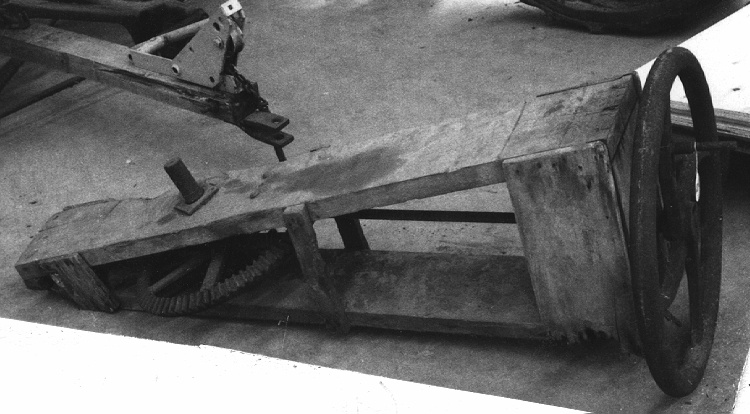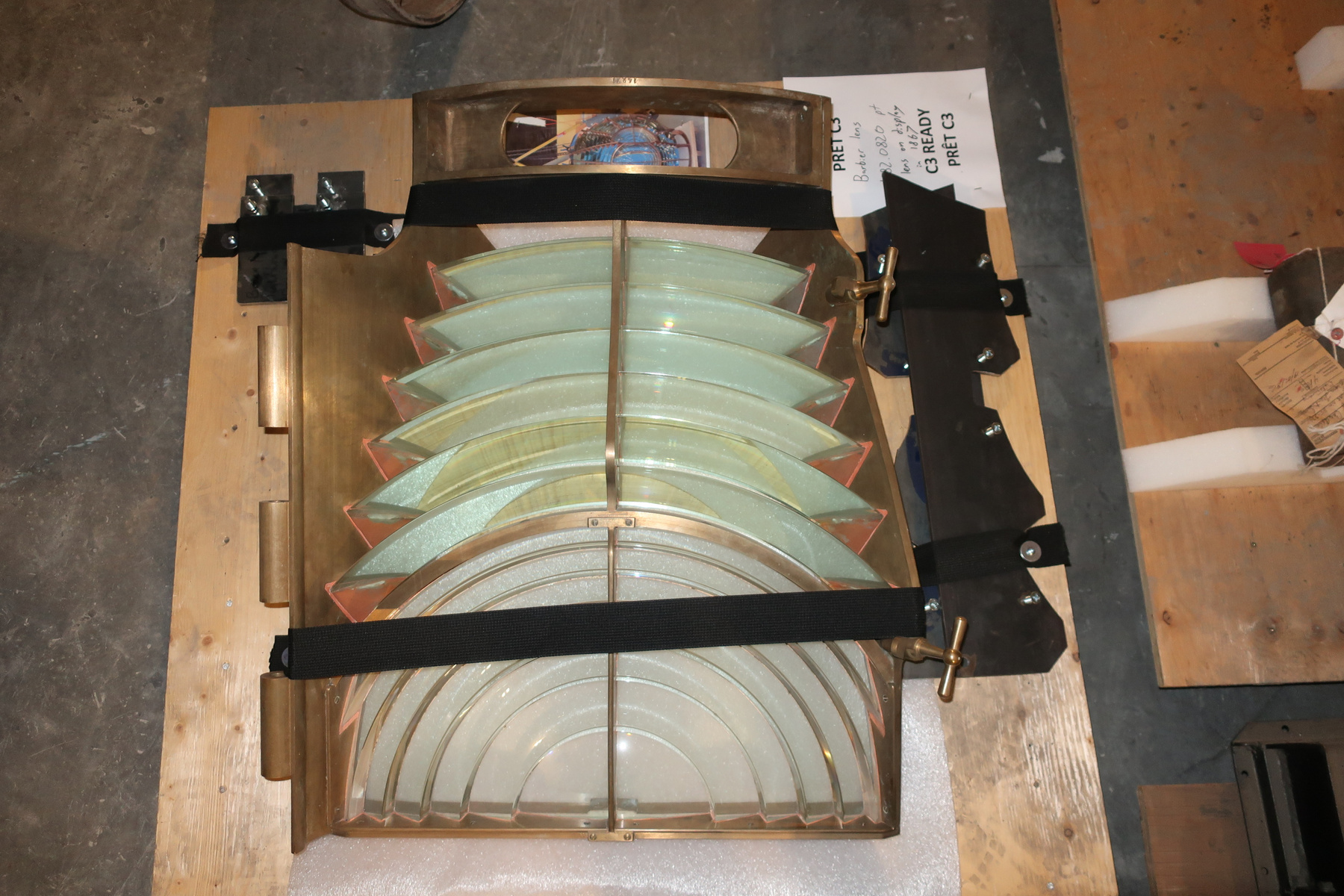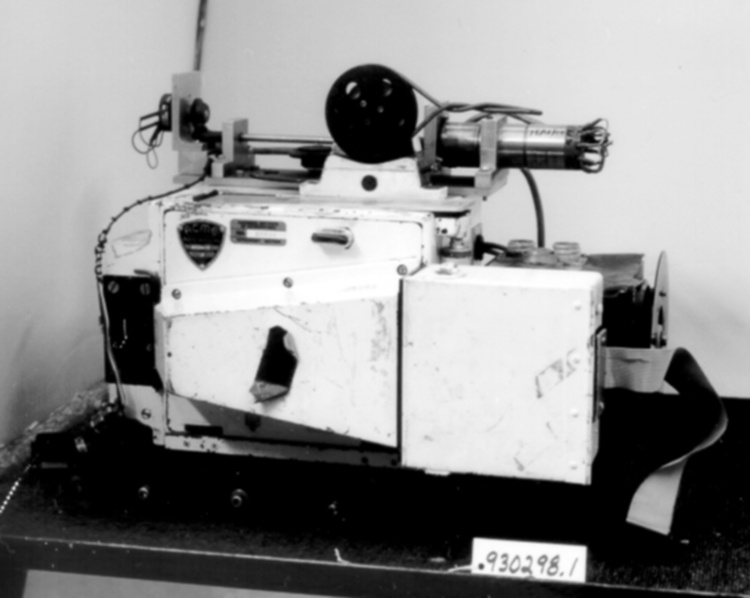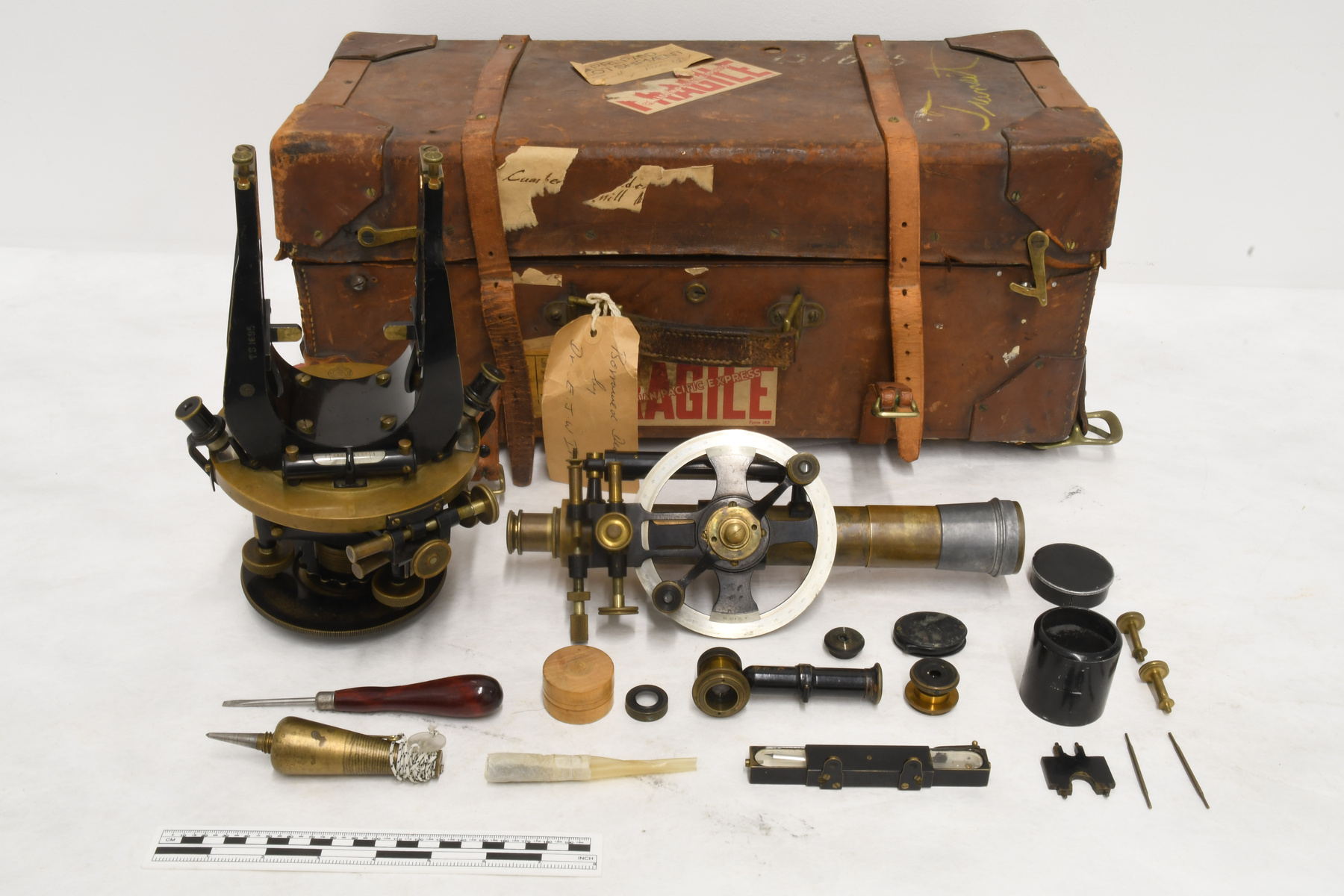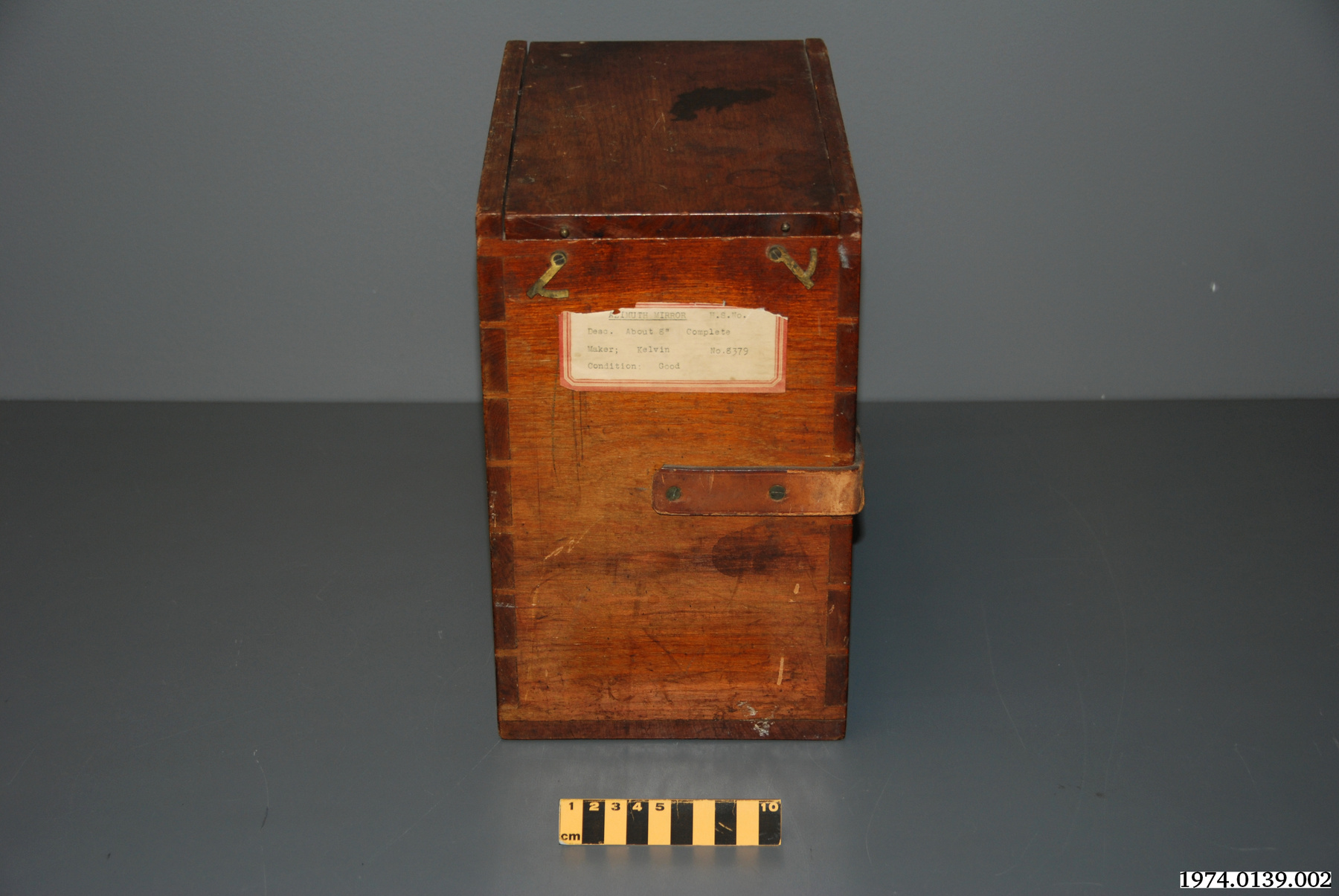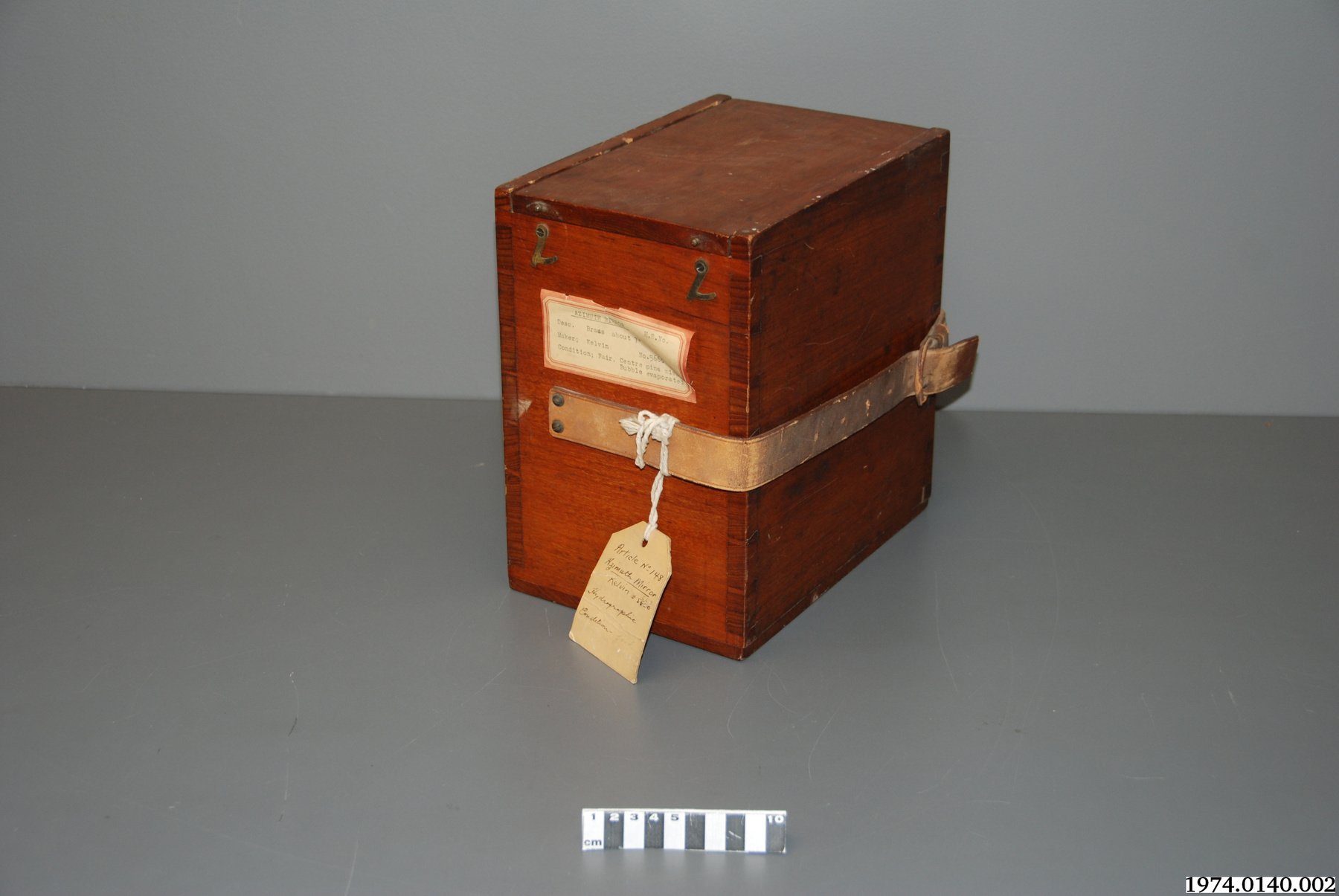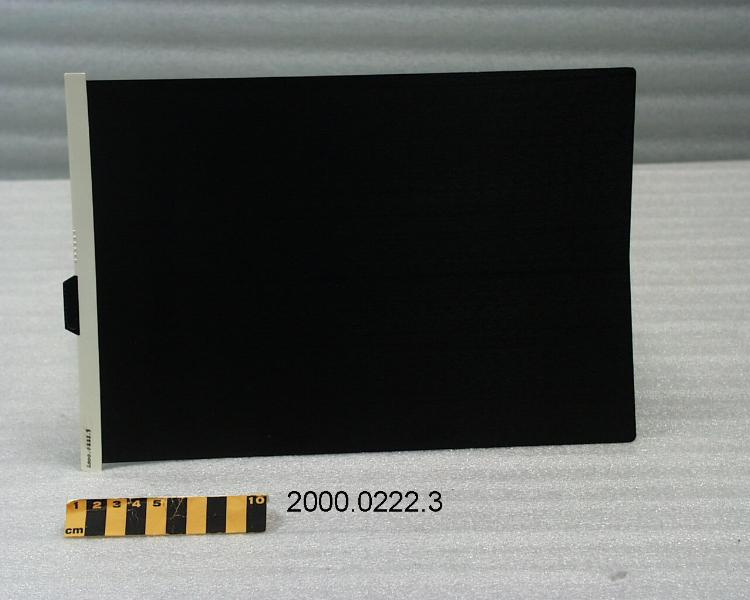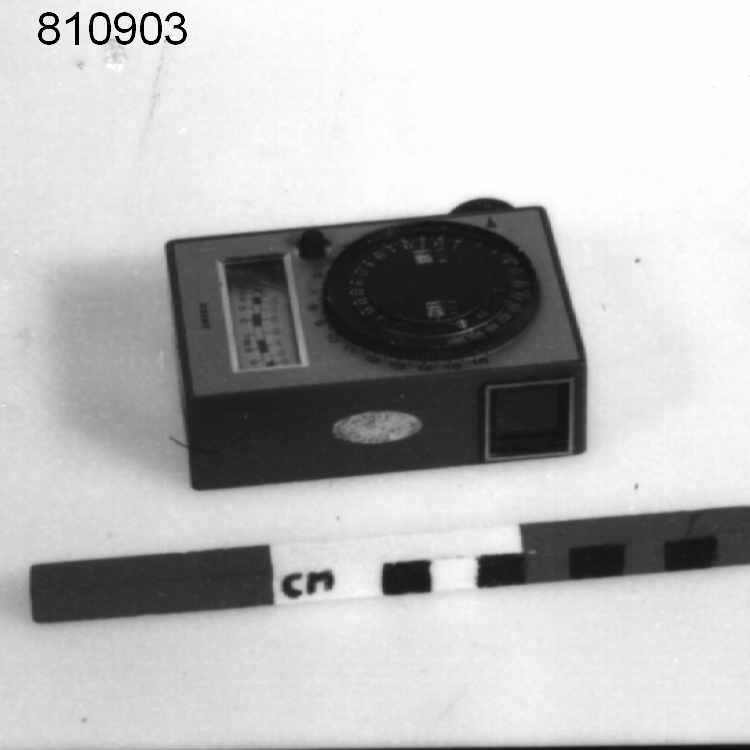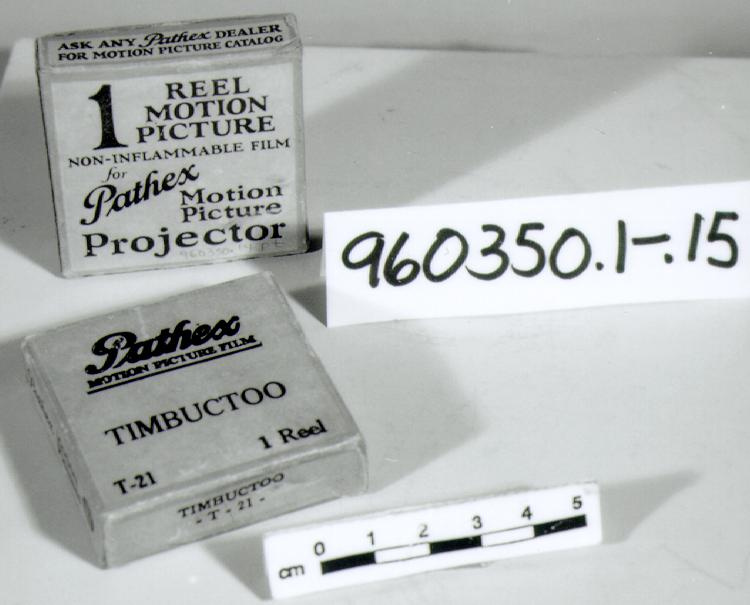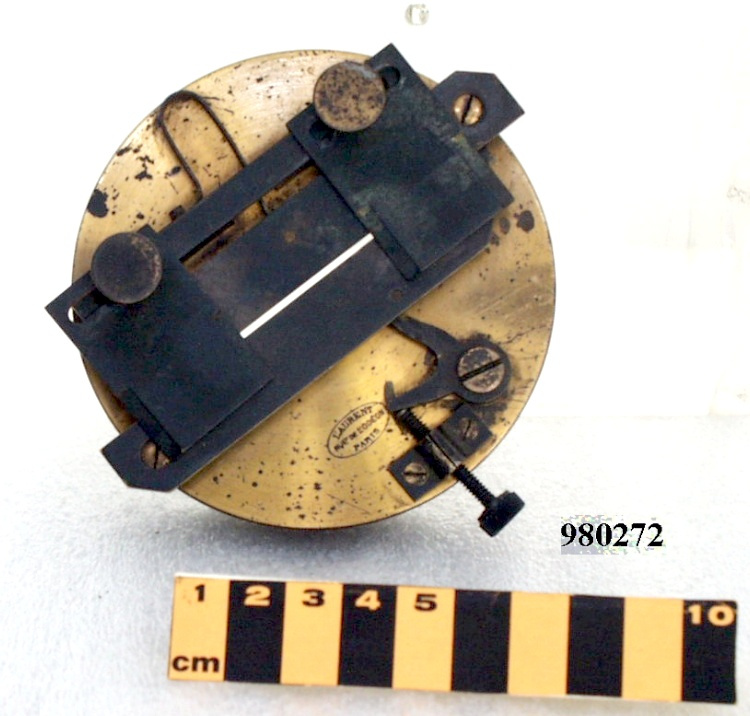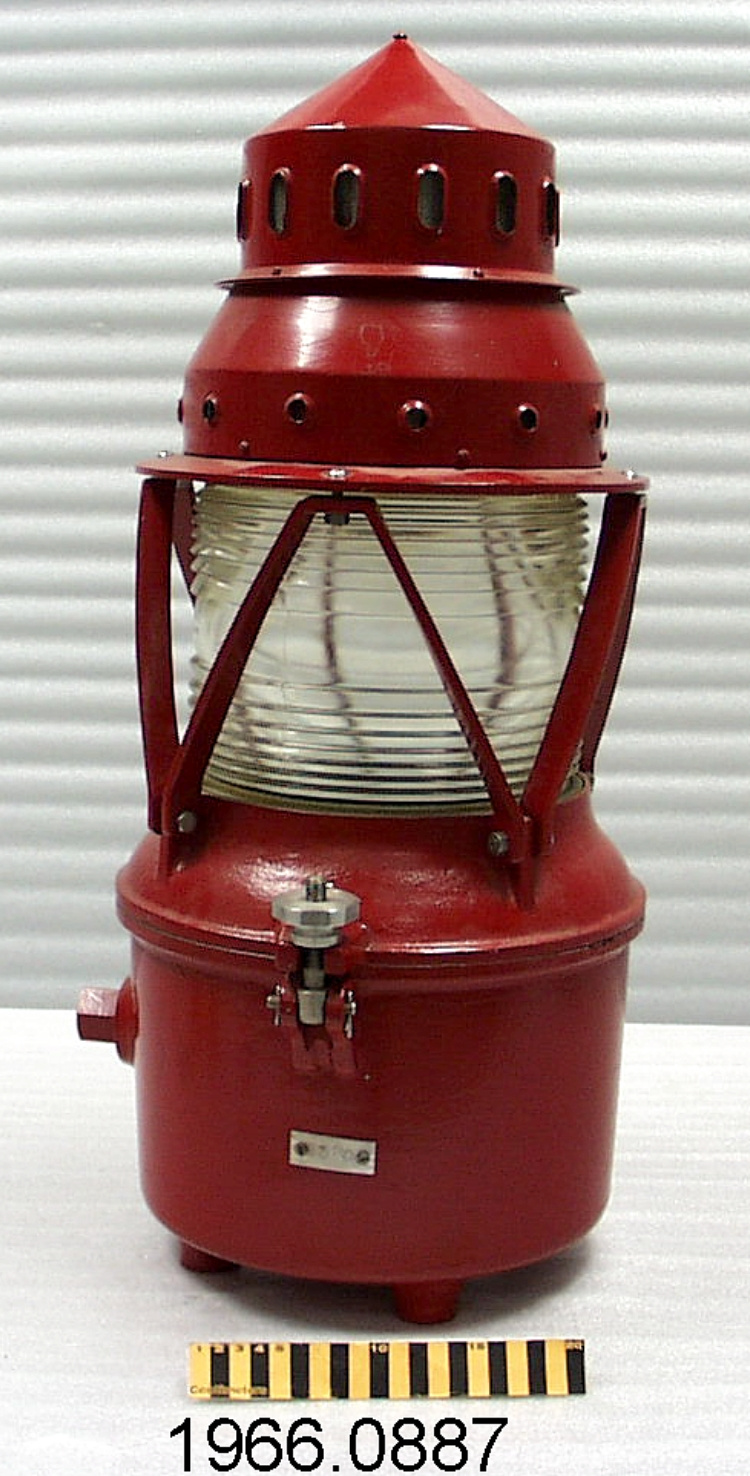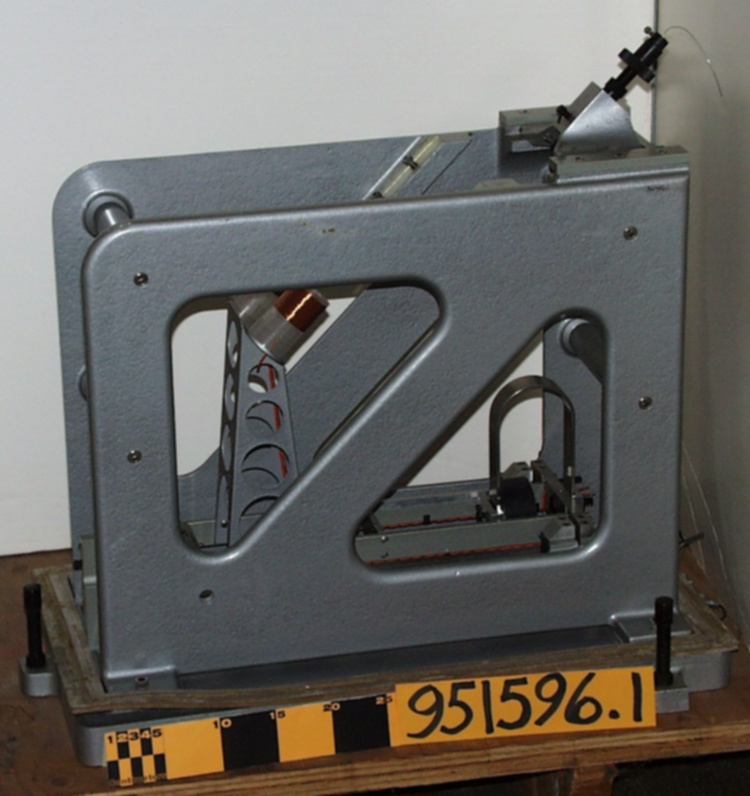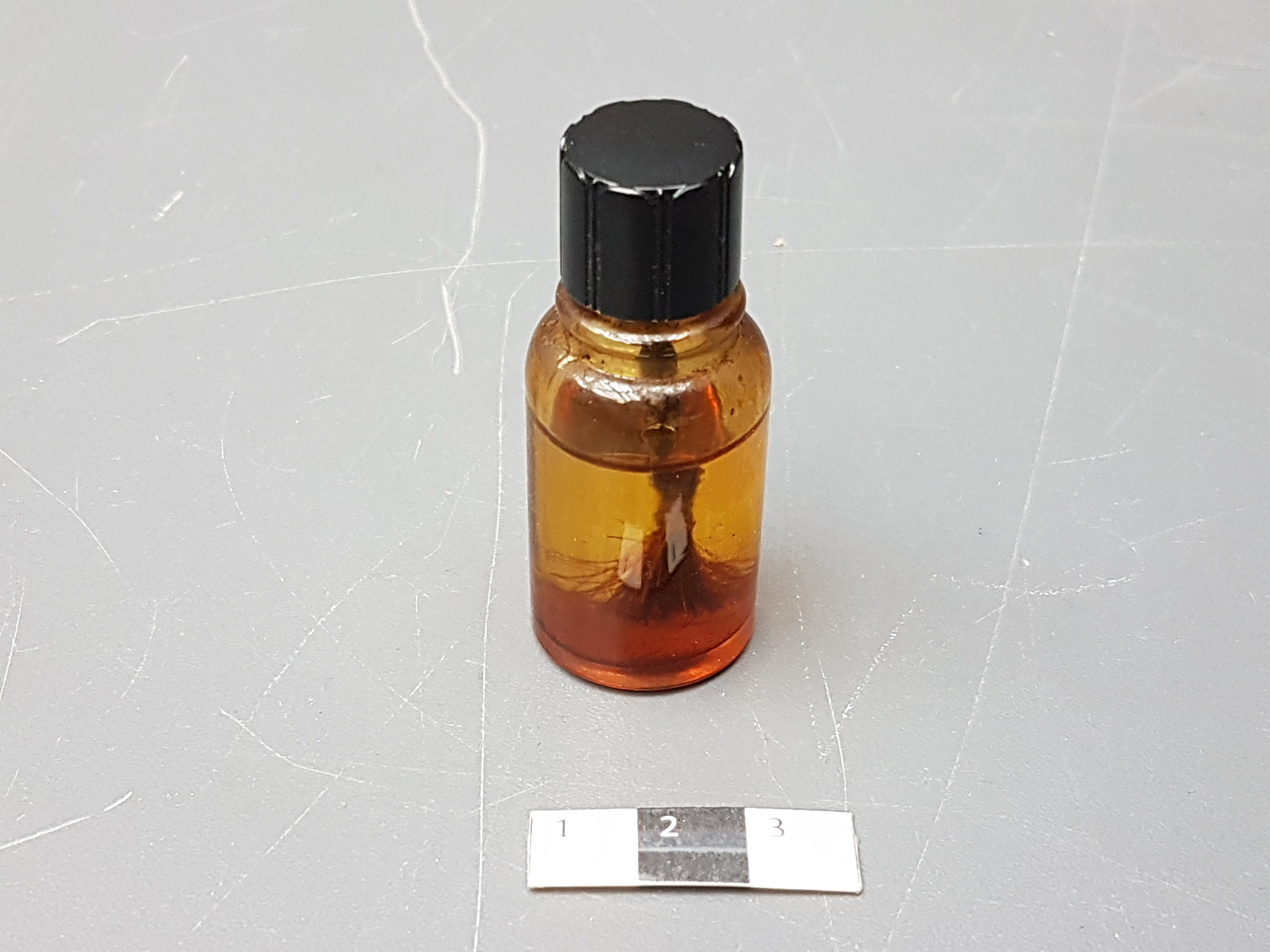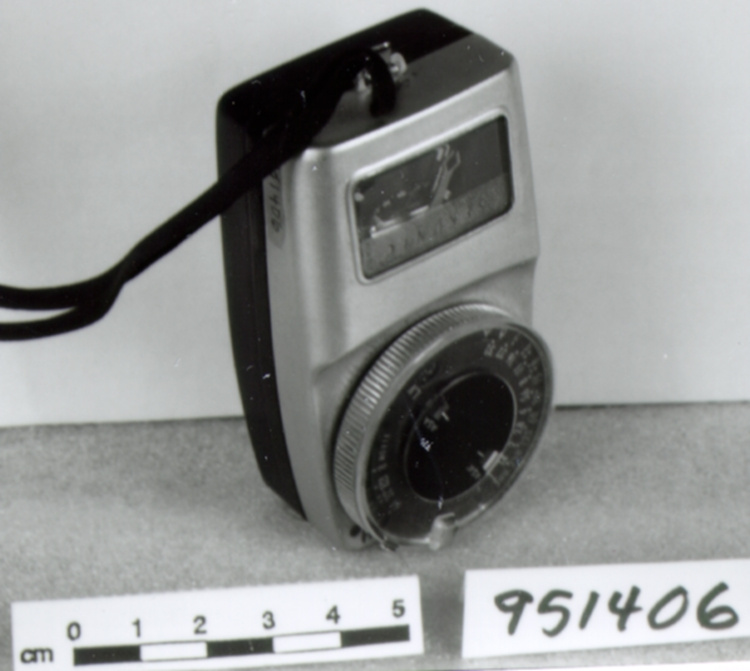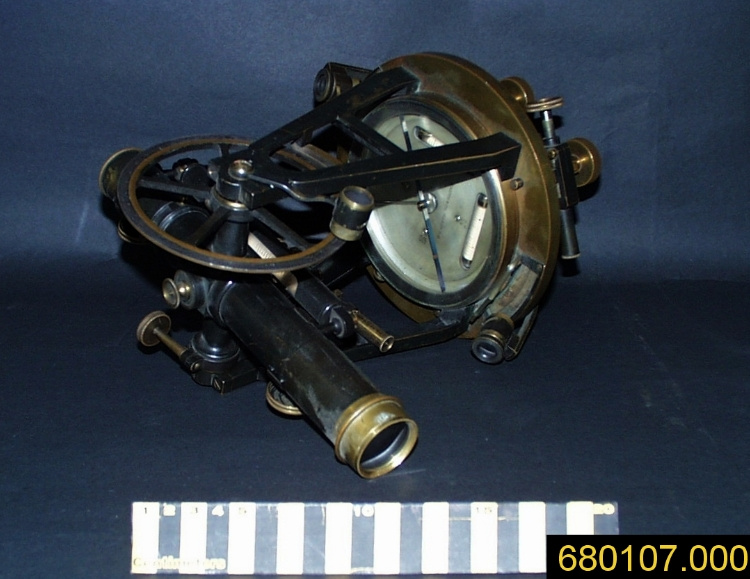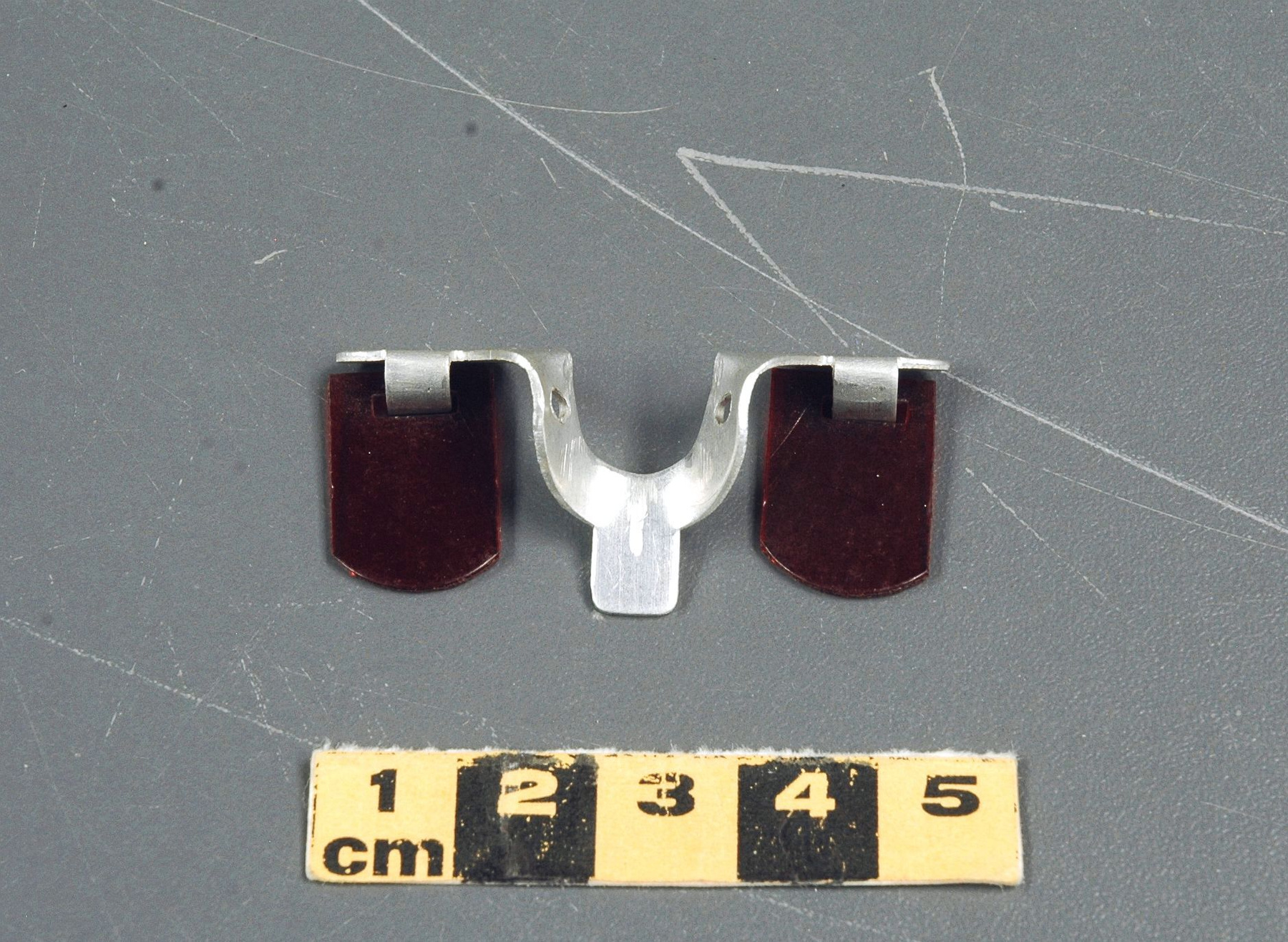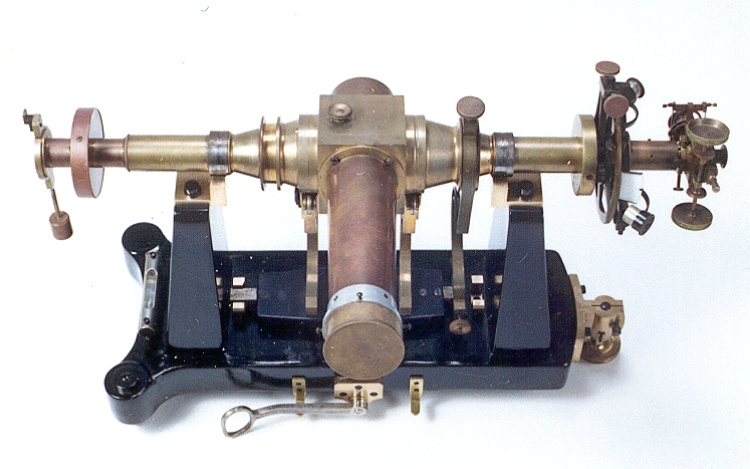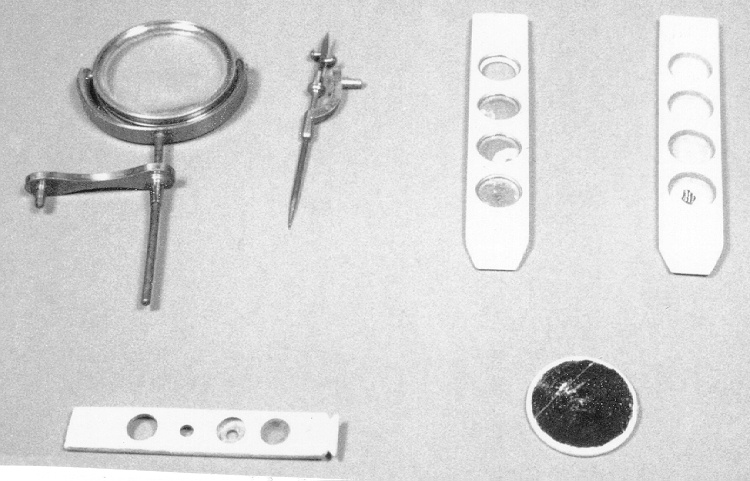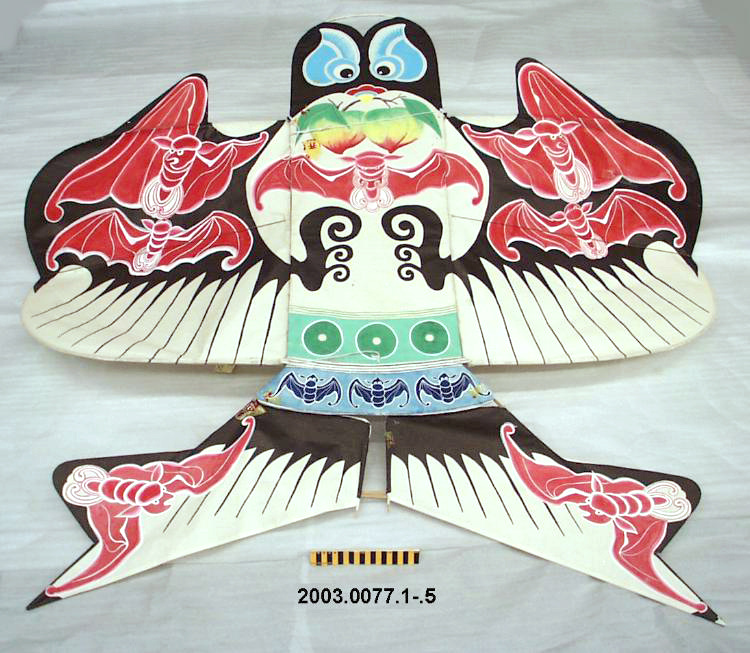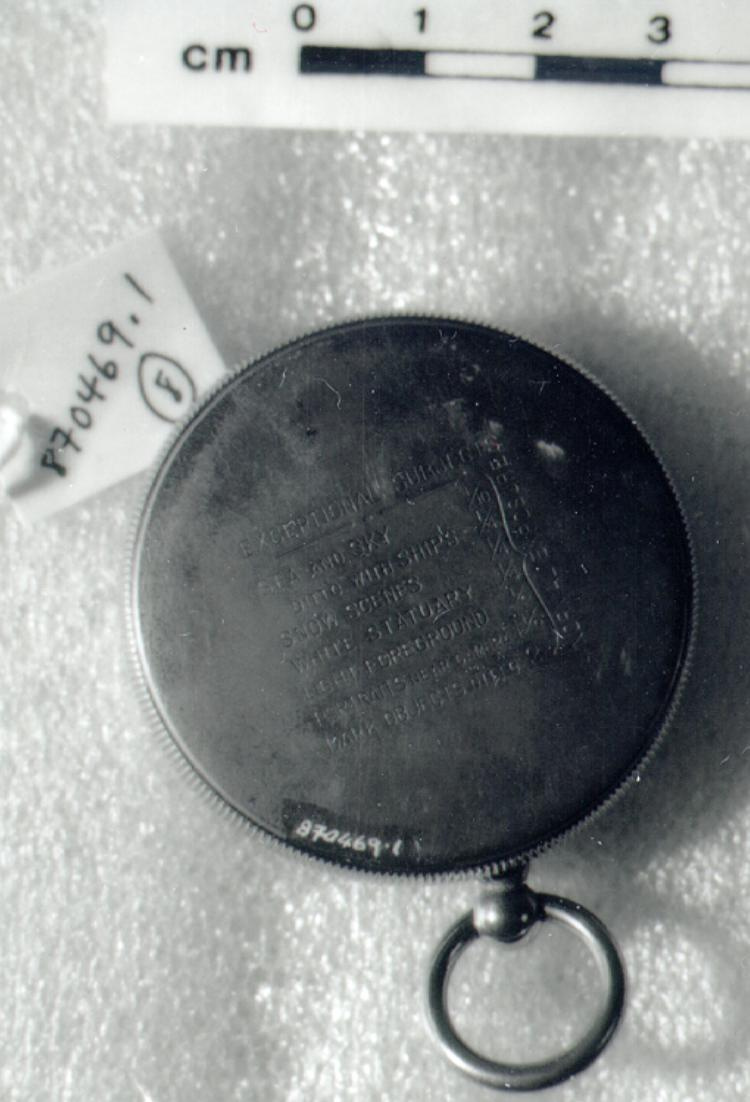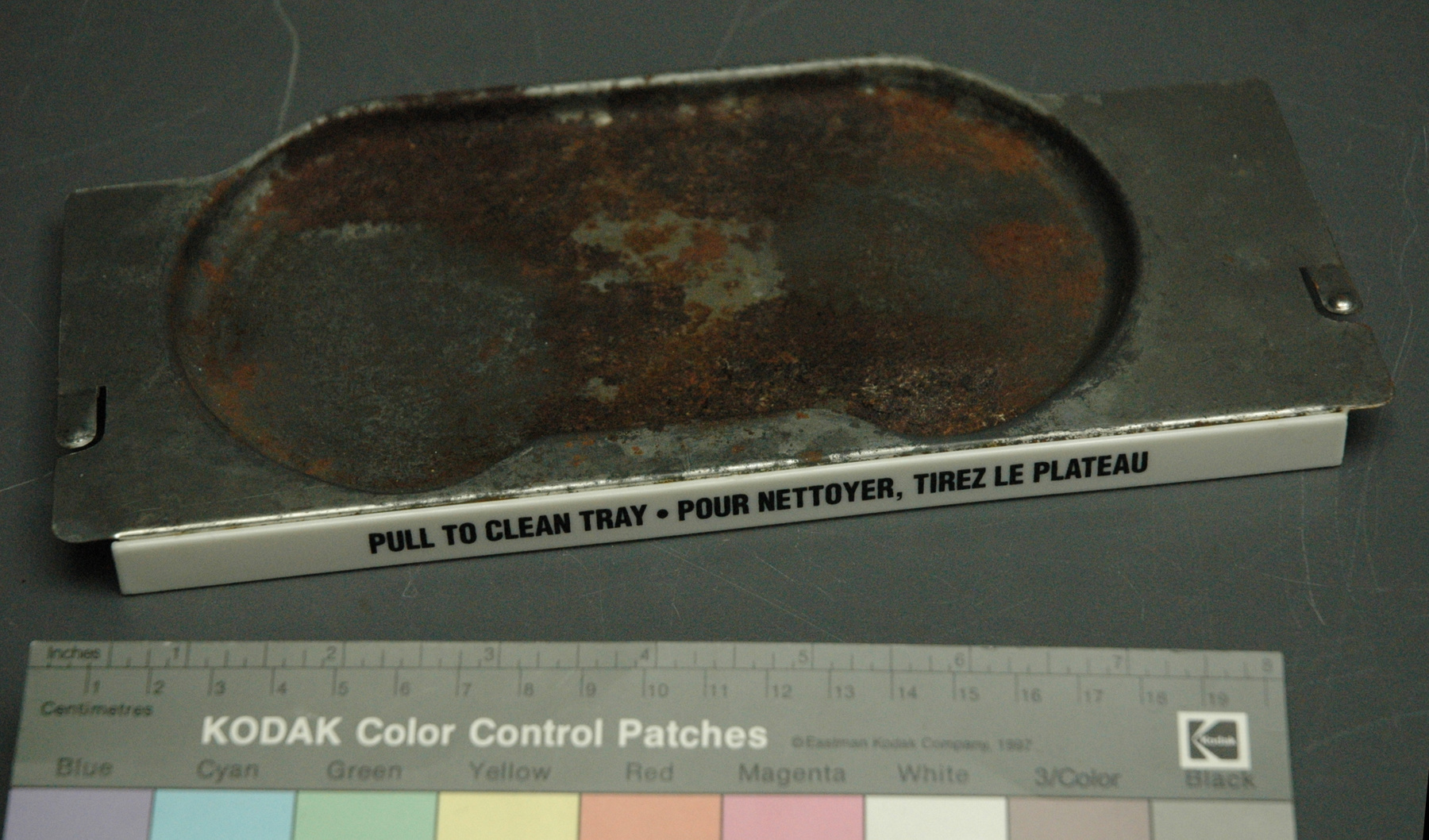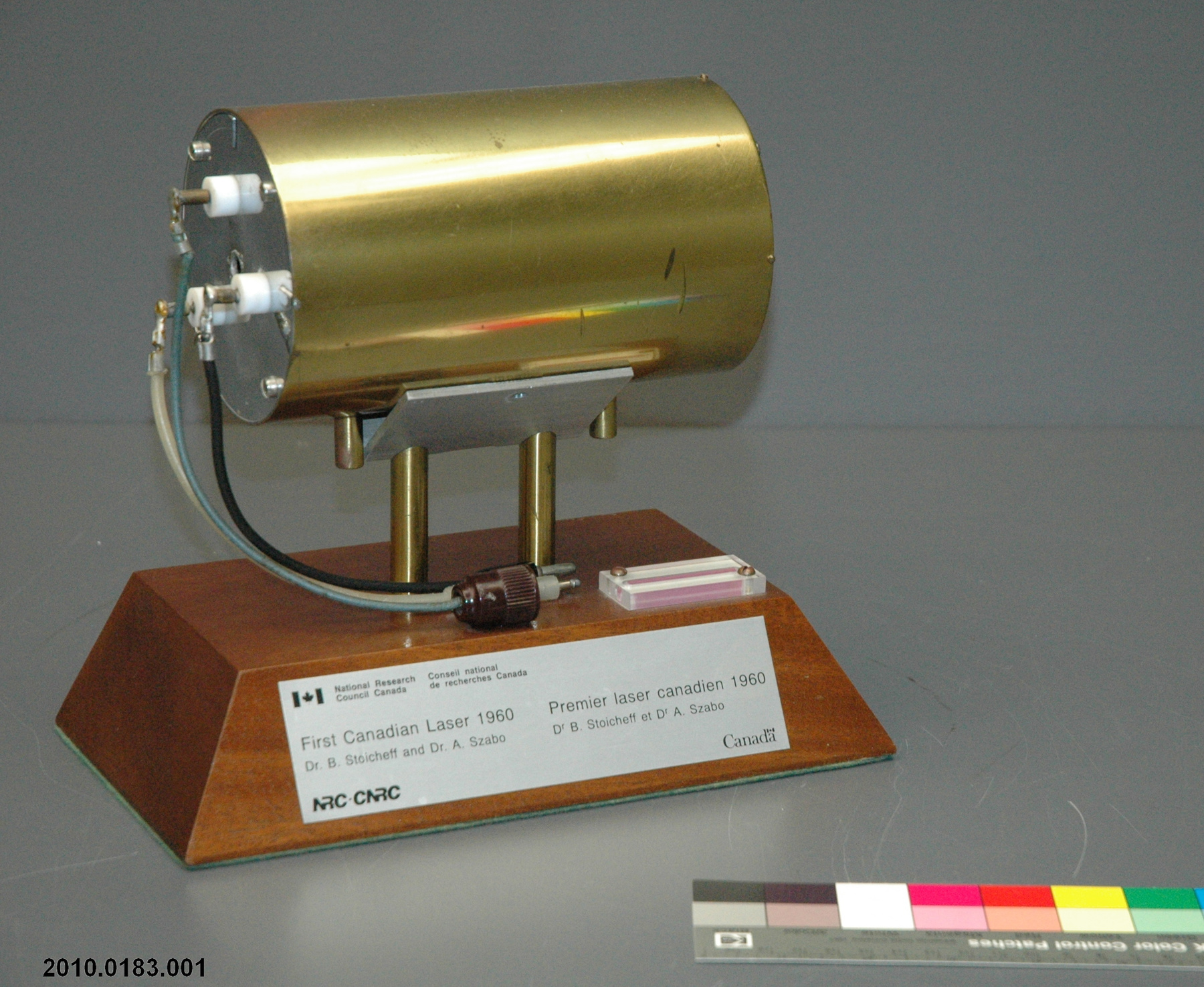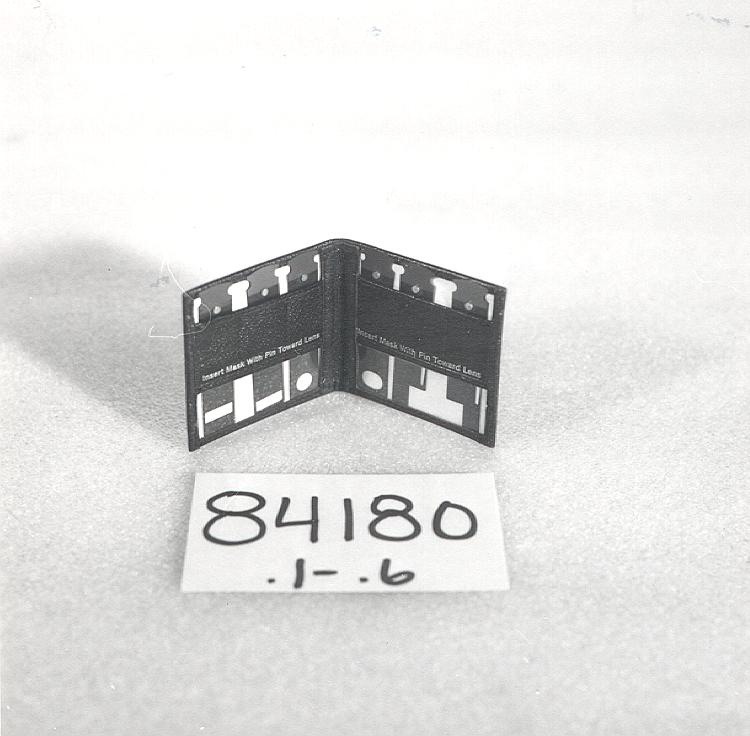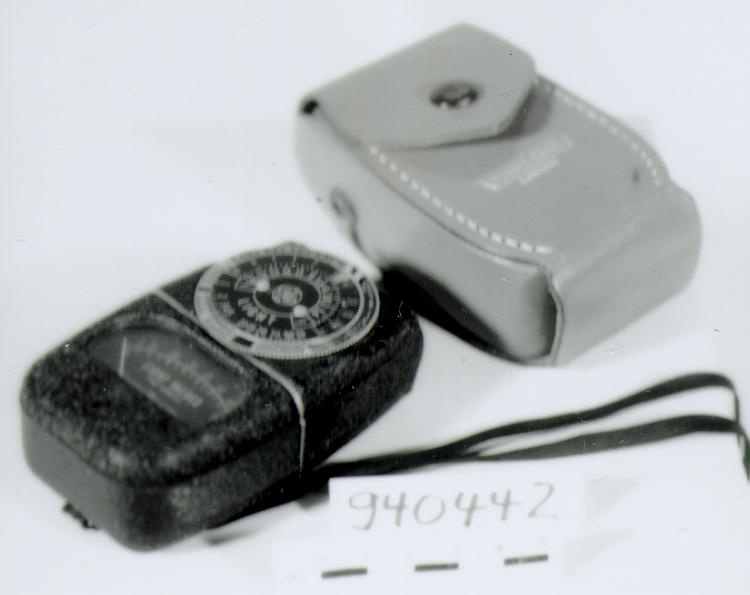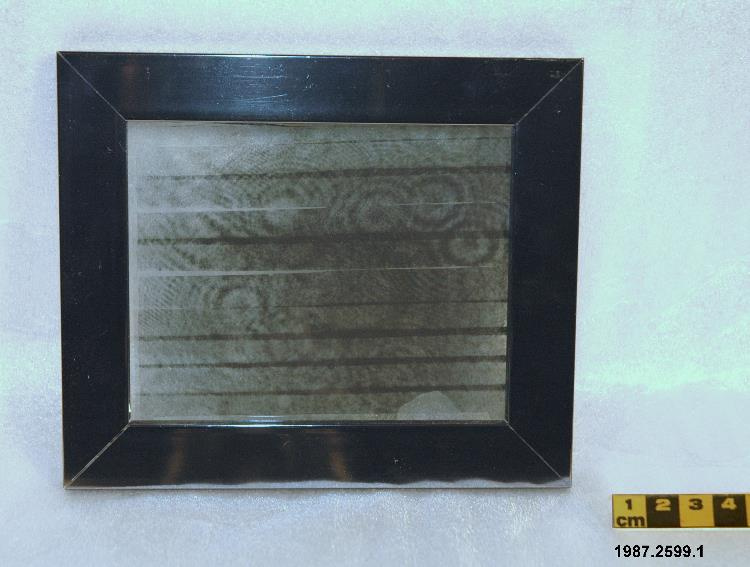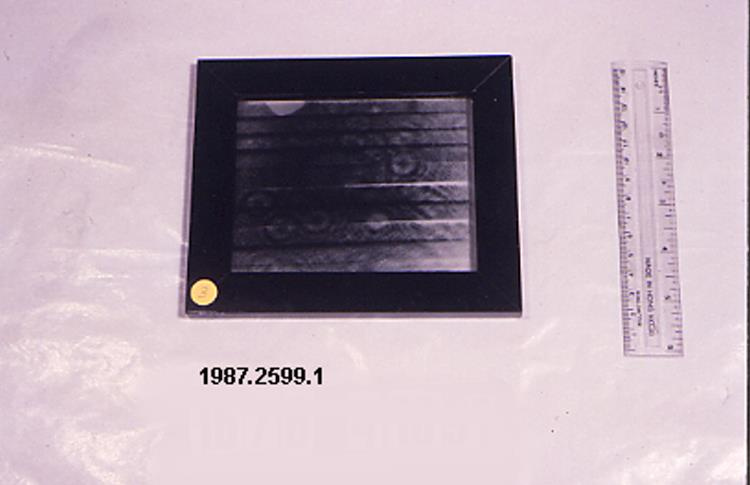Hologram
Use this image
Can I reuse this image without permission? Yes
Object images on the Ingenium Collection’s portal have the following Creative Commons license:
Copyright Ingenium / CC BY-NC-ND (Attribution-NonCommercial 4.0 International (CC BY-NC 4.0)
ATTRIBUTE THIS IMAGE
Ingenium,
1987.2599.001
Permalink:
Ingenium is releasing this image under the Creative Commons licensing framework, and encourages downloading and reuse for non-commercial purposes. Please acknowledge Ingenium and cite the artifact number.
DOWNLOAD IMAGEPURCHASE THIS IMAGE
This image is free for non-commercial use.
For commercial use, please consult our Reproduction Fees and contact us to purchase the image.
- OBJECT TYPE
- transmission/laser/Fresnel/animation stereogram/acetate/framed
- DATE
- 1979
- ARTIFACT NUMBER
- 1987.2599.001
- MANUFACTURER
- Unknown
- MODEL
- Animated Hologram of China Dog
- LOCATION
- Beauport, Québec, Canada
More Information
General Information
- Serial #
- N/A
- Part Number
- 1
- Total Parts
- 1
- AKA
- N/A
- Patents
- N/A
- General Description
- glass hologram & cover plate/ aluminum frame/ metal hardware
Dimensions
Note: These reflect the general size for storage and are not necessarily representative of the object's true dimensions.
- Length
- 16.4 cm
- Width
- 13.8 cm
- Height
- N/A
- Thickness
- 1.0 cm
- Weight
- N/A
- Diameter
- N/A
- Volume
- N/A
Lexicon
- Group
- Physics
- Category
- Light & electromagnetic radiation
- Sub-Category
- N/A
Manufacturer
- AKA
- Johnston
- Country
- Canada
- State/Province
- Québec
- City
- Beauport
Context
- Country
- Canada
- State/Province
- Ontario
- Period
- late 1980s
- Canada
-
A Canadian made hologram, collected for the exhibit "Images in Time & Space" mounted by the Associates of Science & Technology (AST) & NMST circa 1988-1989. - Function
-
A medium which presents a three dimensional image, in this case of a china dog. - Technical
-
An example of an animated hologram, a strip hologram made by using the geometry of regular Fresnel or Fourier transform holography. Moving the object slightly between exposures permits motion to be simulated, as in an animated motion picture. The method uses a 0.5-m W HeNe laser to produce a hologram with a number of slit-shaped exposures displaced along the vertical direction. The reconstructed virtual image is viewed by moving the eyes vertically with respect to the film, thereby looking through different "windows". The hologram retains full horizontal parallax, but the slit aperture reduces the vertical viewing angle of the animated object (Ref. 1). A Fresnel hologram is produced when the object being holographed is near the plate, so that the object beam wavefronts are spherical (Ref. 3). The theory of holography was developed in 1947 by British/Hungarian scientist Dr. Dennis Gabor while working to improve the resolution of electron microscopes. In 1960 the laser was invented and its pure white light was ideal for holography. In 1962 Emmett Leith and Juris Upatnieks of the University of Michigan, combined Gabor's theory with their own work in side-reading radar and applied it to holography, resulting in the off-axis technique of hologram production still in use & the first laser transmission hologram. Also in 1962 Dr. Yuri N. Denisyuk of the U.S.S.R combined holography with Gabriel Lippmann's work in natural colour photography to produce a white-light reflection hologram which, for the first time, could be viewed in light from an ordinary incandescent light bulb. By 1965 Leith, Upatnieks & other U.S. researchers had developed off-axis reflection holograms (Ref. 2). - Area Notes
-
Unknown
Details
- Markings
- black handwritten lettering on back of frame appears to read "NO. 1CNROS"
- Missing
- appears complete
- Finish
- colourless transparent glass
- Decoration
- N/A
CITE THIS OBJECT
If you choose to share our information about this collection object, please cite:
Unknown Manufacturer, Hologram, 1979, Artifact no. 1987.2599, Ingenium – Canada’s Museums of Science and Innovation, http://collections.ingeniumcanada.org/en/id/1987.2599.001/
FEEDBACK
Submit a question or comment about this artifact.
More Like This
